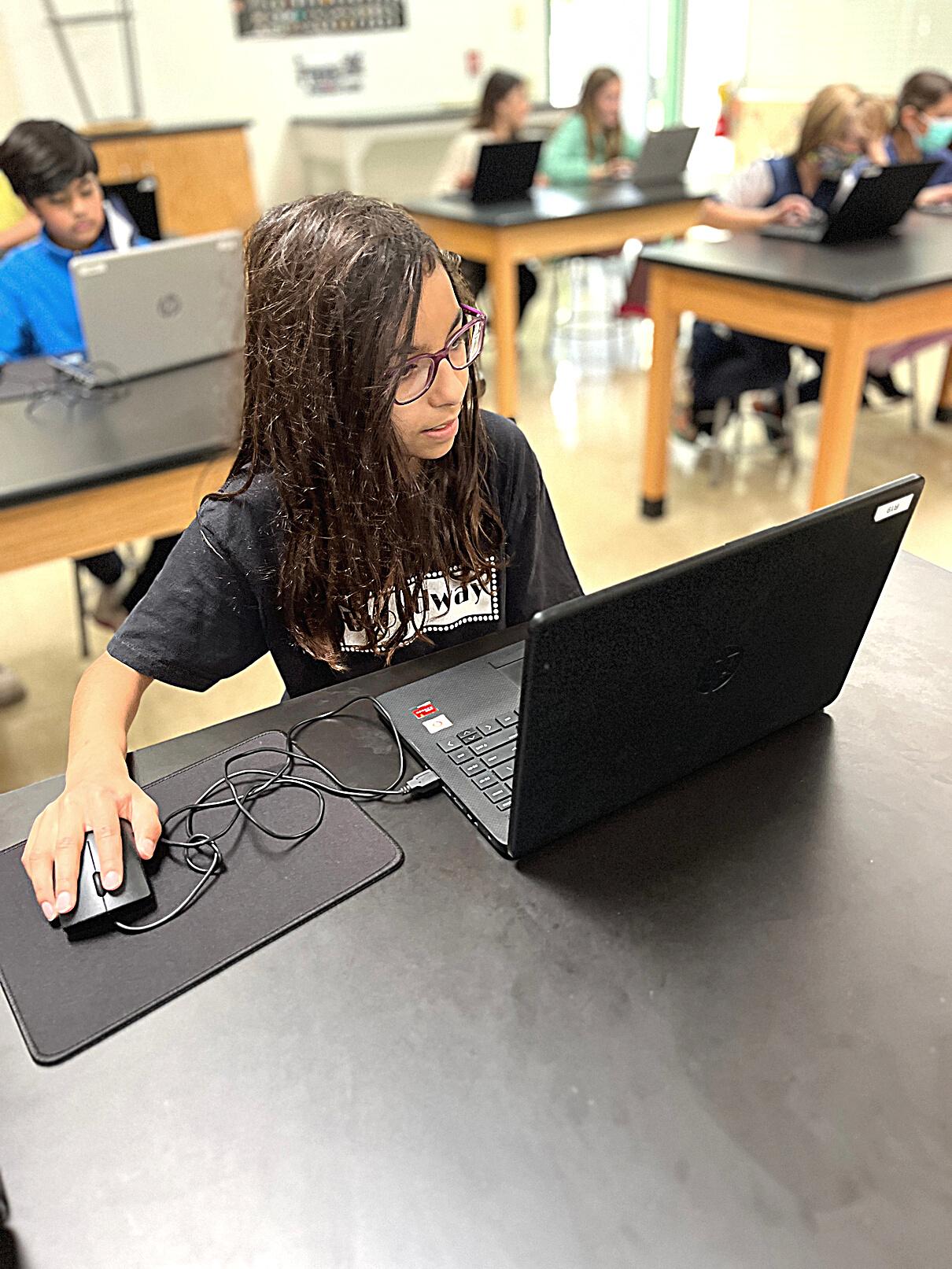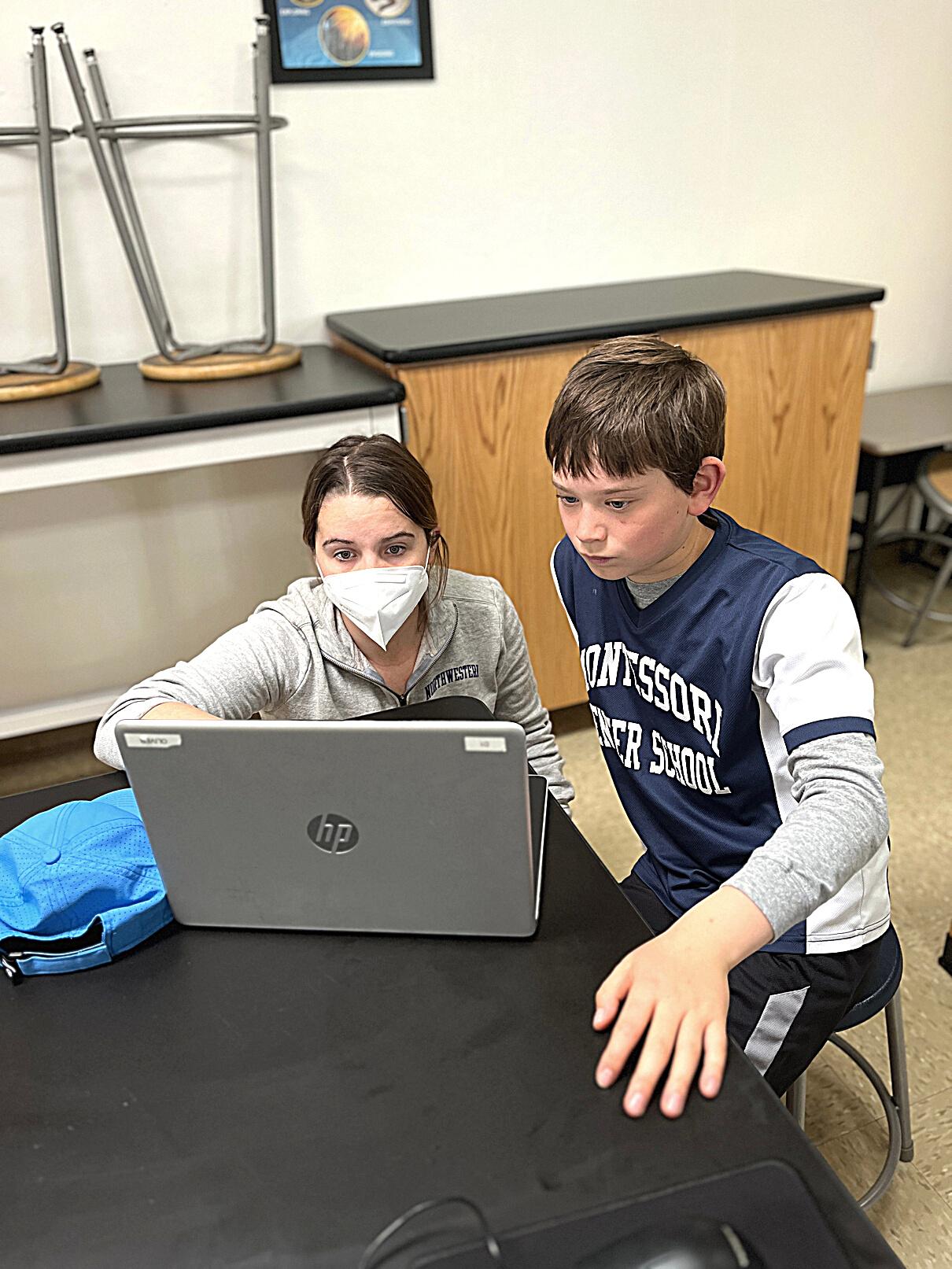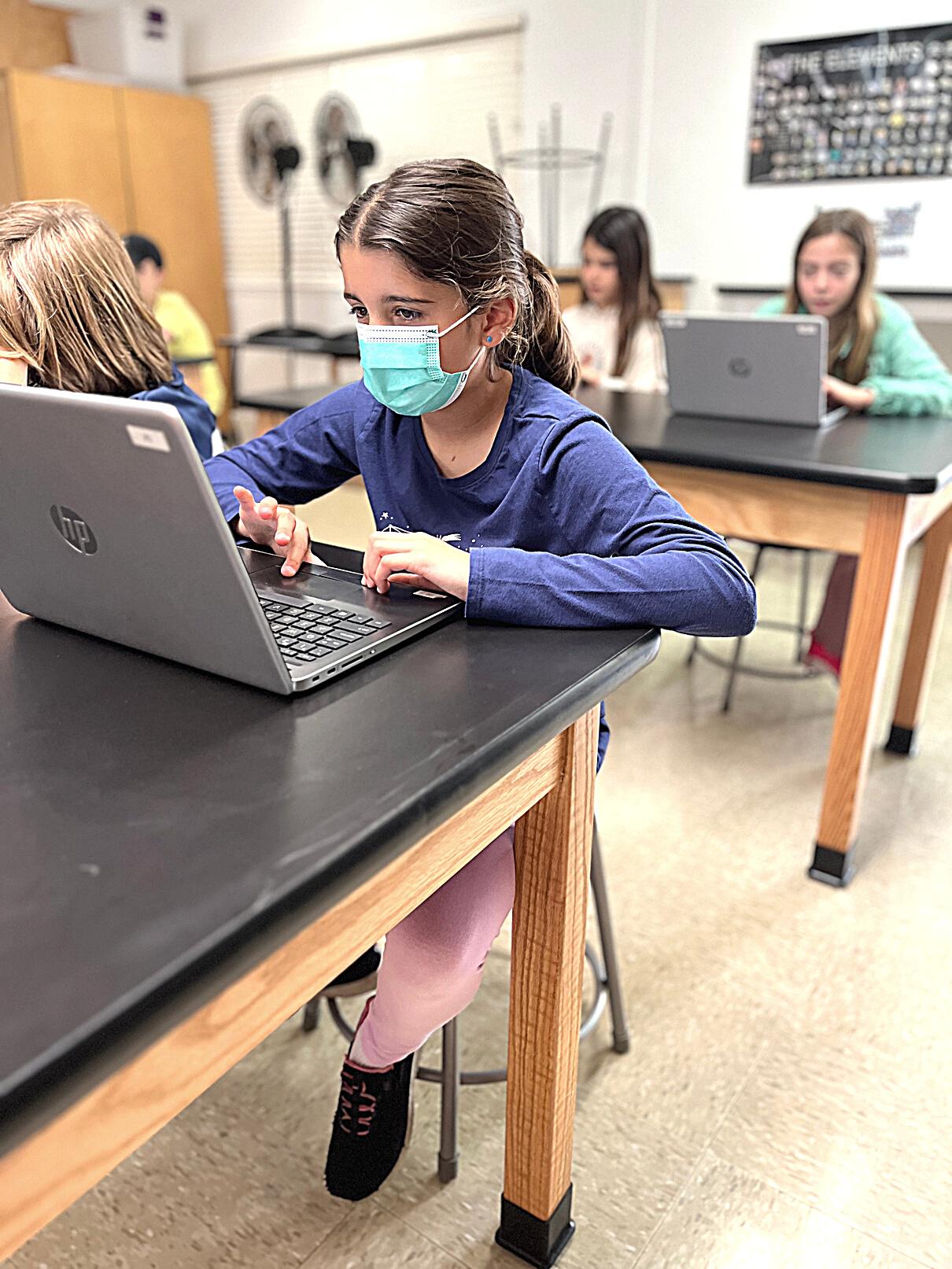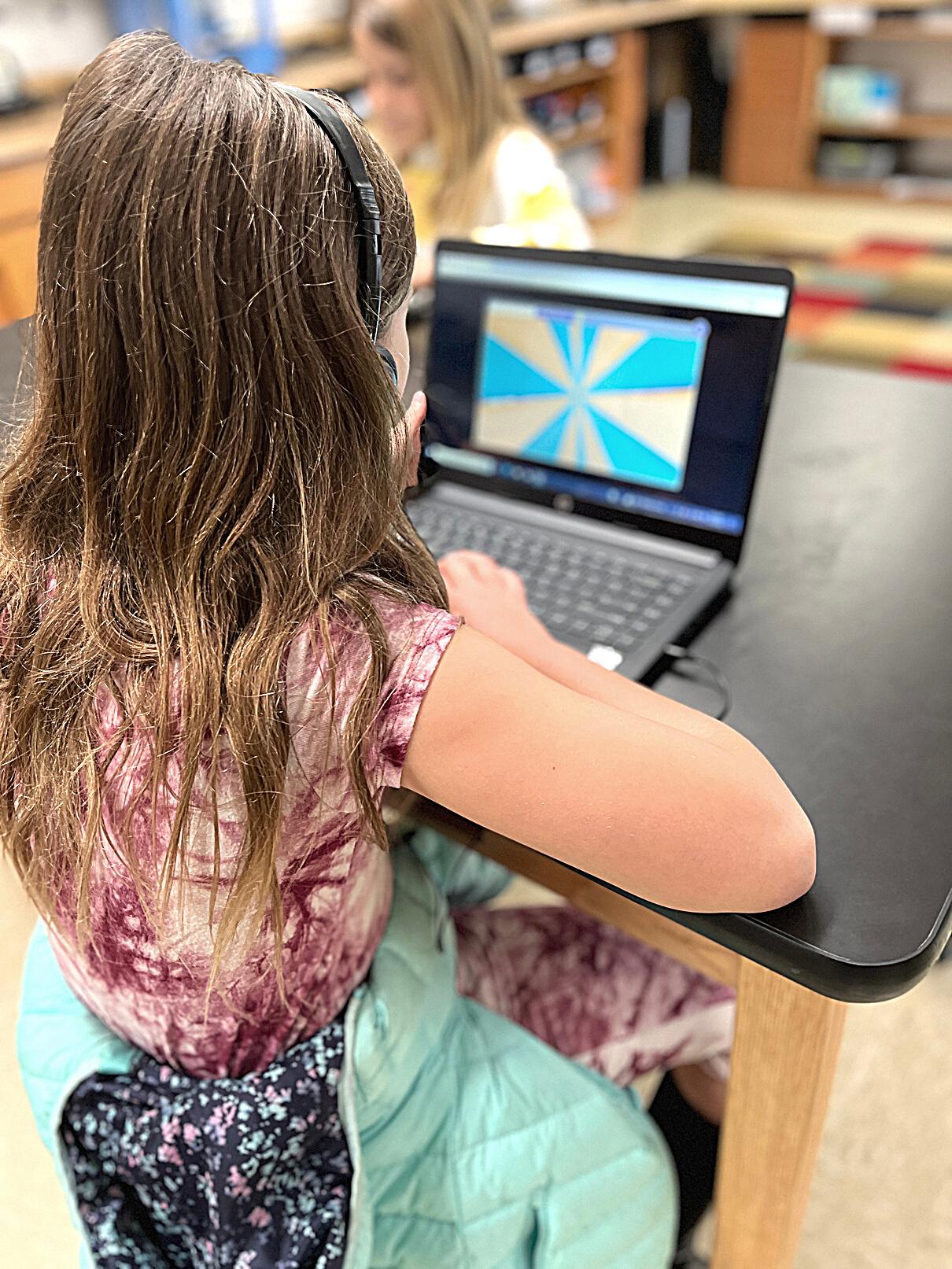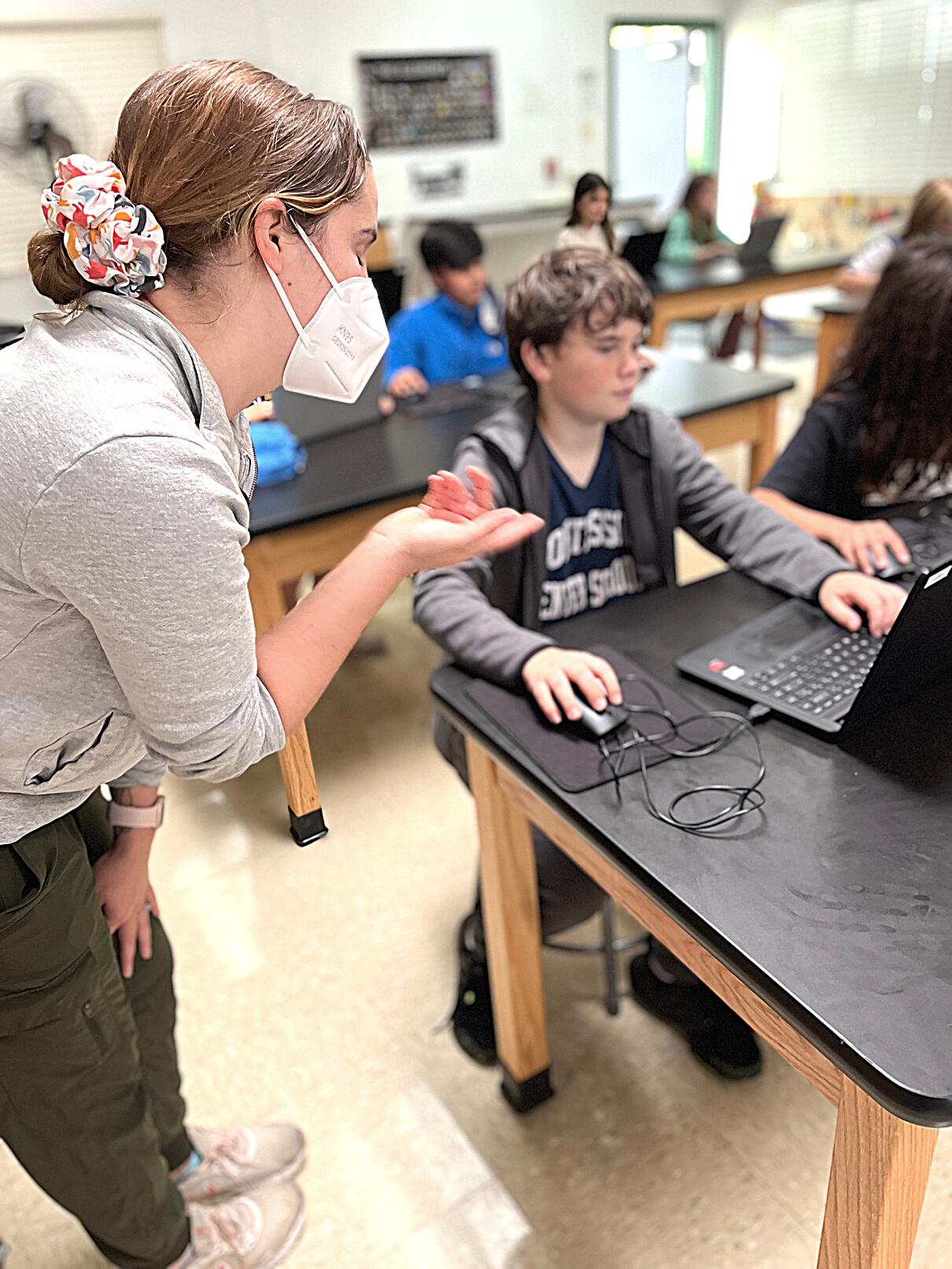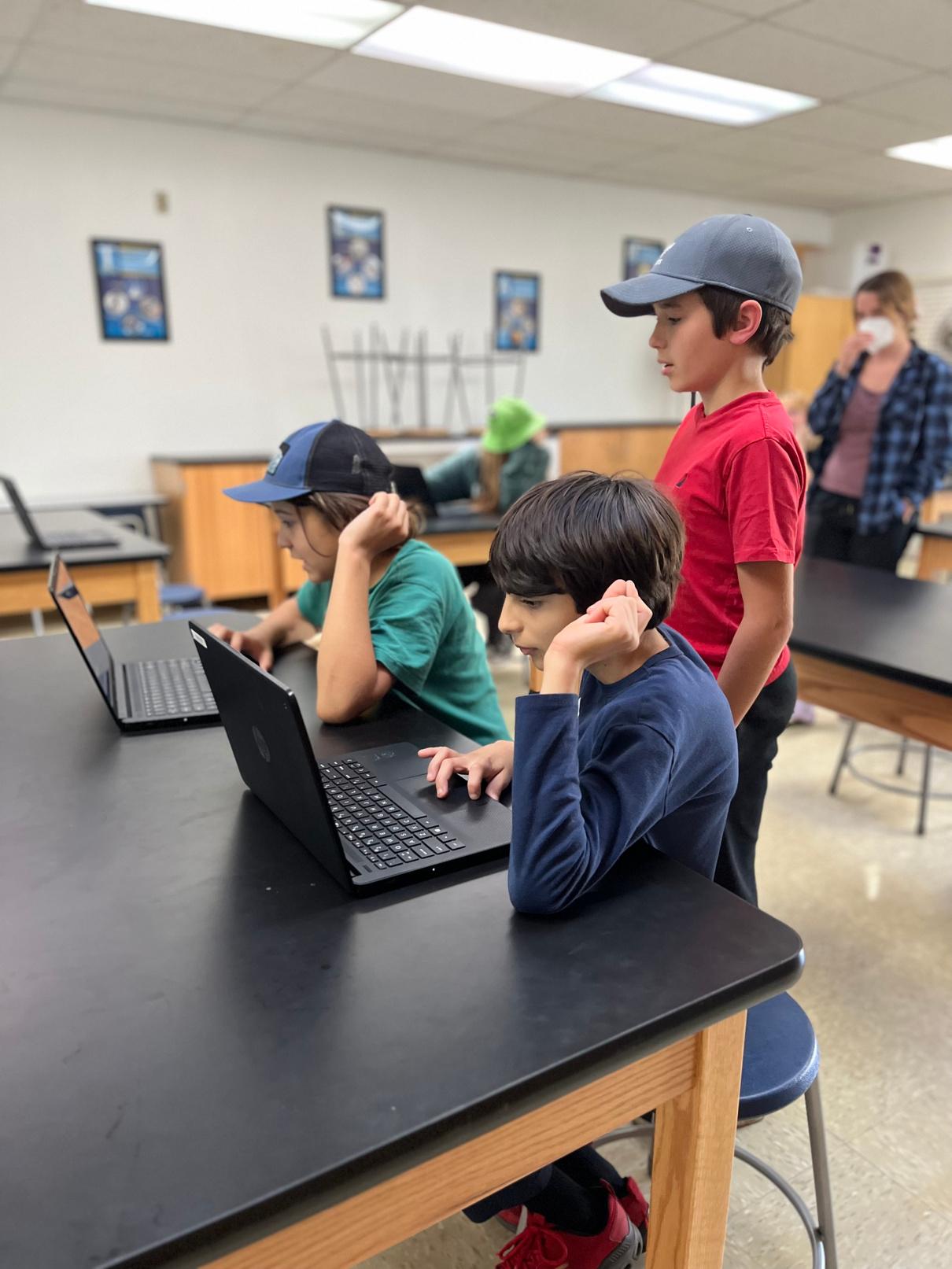SPECIALISTS SEASONAL SUMMARY SPRING 2023





In creating a rich, academic environment for our students, children receive specialized weekly instruction in Spanish, art, music, physical education, library, drama, and computer technology.
The specialist curriculum is designed to foster the development of the whole child while guiding the love of learning through the exploration of each child’s interests, skills, and talents.
Our specialist curriculum provides students with a solid foundation to prepare them for higher levels of education.
“At some given moment it happens that the child becomes deeply interested in a piece of work; we see it in the expression on his face, his intense concentration, the devotion to the exercise.”
- Dr. Maria MontessoriPre-Primary students have enjoyed a busy springtime filled with nature-related activities. These projects have included a lesson on primary colors As winter changed into spring, students used bright-colored pastel tempera paint and geometric-shaped sponges to stamp on construction paper They learned about shapes in art April was a month filled with family, friends, and faces While observing their reflection in a mirror, students drew facial expressions on mural paper They were free to explore different faces; including a dinosaur face. The murals were on class display for everyone to see!
Students completed a butterfly activity while reading the book, “A Place for Butterflies” by Melissa Stewart They will finish the school year with a lesson on dry chalk drawings as the school prepares for the I Madonnari Festival at Mission Santa Barbara.

Primary students began the year with a lesson on the Line family. While tracing their overlapping hands, students learned about straight, oblique and curved lines Students engaged in lessons about famous artists and were provided with small booklets of the masters They chose their favorite painting and copied the masterpieces using colored markers on mixed media paper February was the month of color. They learned about the color wheel, primary and secondary colors and warm and cool colors They compiled all of these lessons into a book titled, “Color ”
In March, we discussed art and the environment Students painted colorful leaves using watercolors on heavy watercolor paper These leaves were laminated and floated in the wind as they hung from a large branch on the art patio. Primary also made trees using liquid starch and tissue paper In April, students worked on kites for the SB Kite Festival They continued learning about the Seven Elements of Art In May, Primary students studied the works of Georgia O’Keeffe
As we finish the school year, students will continue to work on projects related to art ecology and work on chalk designs for the I Madonnari Festival held at Mission Santa Barbara.
Lower Elementary students began 2023 with a lesson in calligraphy. Using geometric templates they wrote their own initials We discussed cuneiform, hieroglyphics, and italic writing We shared thoughts and designs about symbolism and ancient manuscript writing
While painting watercolor blossoms on rice paper the students implemented their Japanese writing skills by using the art of Kanji. The month of February was all about the artist Claud Monet and the Impressionist movement The students observed the works of Monet while copying the famous “Waterlillies” using oil pastels on mixed media paper
In March, a lesson on textiles began Students created weavings, needlepoints, and crocheted works of art. After returning from spring break, they began work on eco-city and a lesson on art and the environment They have collaborated on this environmentally-friendly project by using recycled materials brought from home For example, they made a car wash using recycled water made from corks and biodegradable materials Eco-city was completed in time for STEAM night at MCS.


Upper Elementary students began the new year with a lesson on Surrealism; artists Rene Magritte and Salvador Dali were highlighted Students used watercolor to recreate their own dream sequences. Next, the students received a lesson on the Fibonacci Sequence and the Golden Ratio in art and nature
Upper Elementary reviewed the seven principles of design and created a poster of each principle - balance, pattern, proportion, variety, movement, emphasis, and unity They continued their studies of the four important art movements. They studied the works of Leonardo da Vinci and Jan Vermeer The students completed a lesson in clay and created Renaissance-inspired sculptures of crowns, castles, and goblets
Towards the end of the school year, they commenced work on eco-city and will culminate the year by designing their own sidewalk chalk masterpiece integrating the French technique of trompe l’oeil Students will choose their favorite design to be featured in the I Madonnari Festival at Mission Santa Barbara


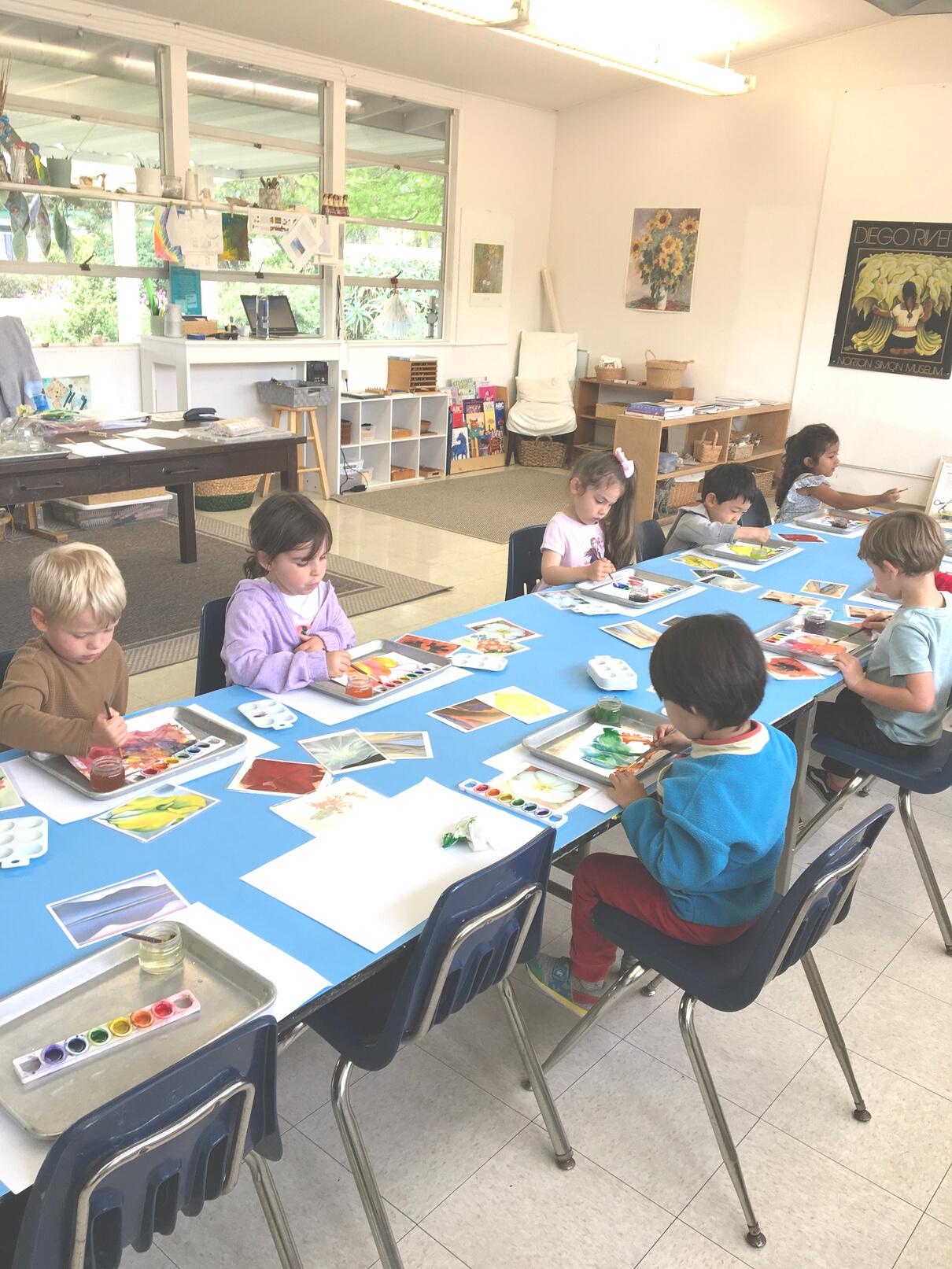

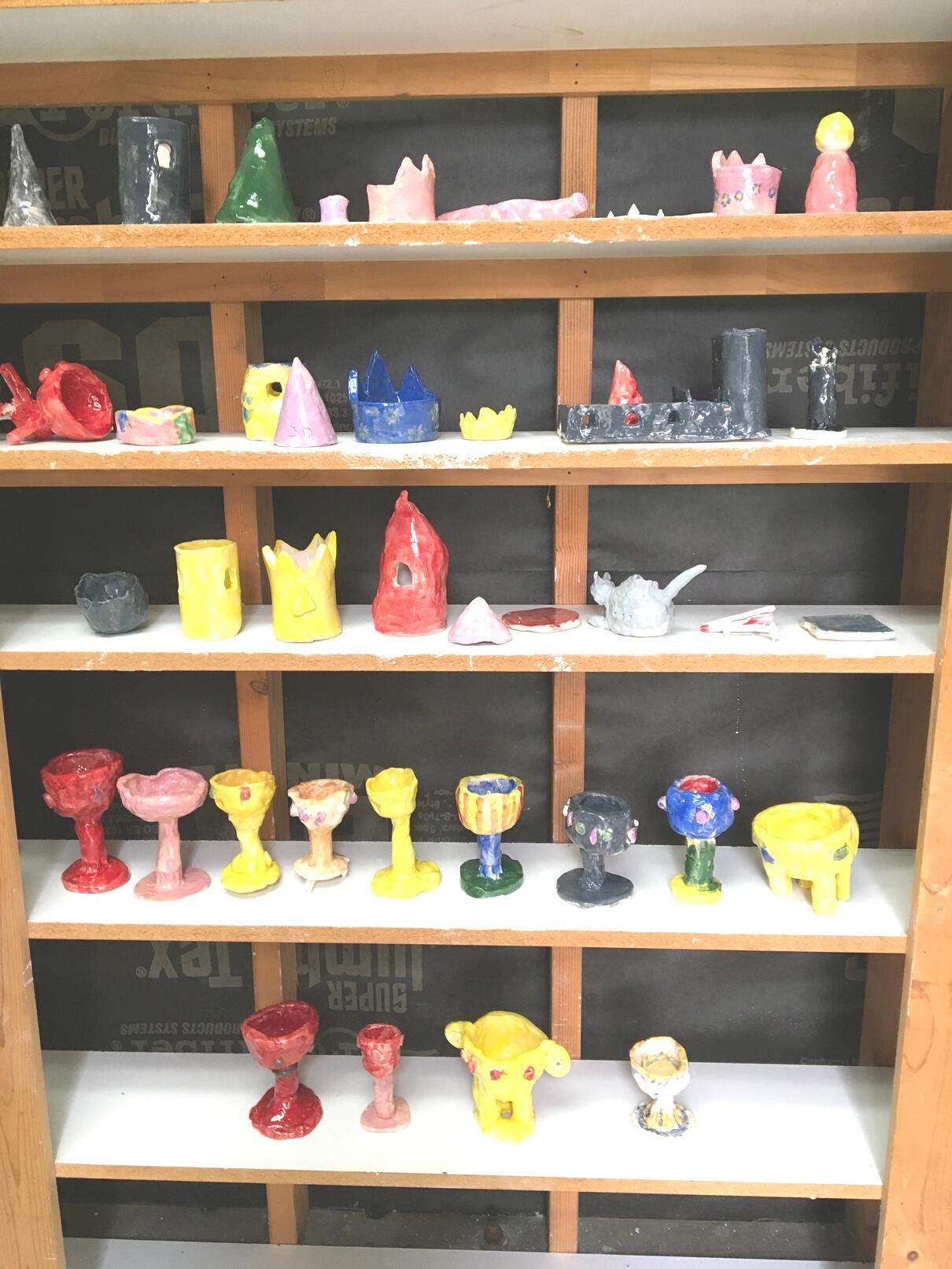

Lots of progress was made following our winter break! The children are now able to participate in a hand drum circle. We used rhythm sticks to prepare for the future handling of mallets. Students have learned the resting position, the ready position, and how to wait for a downbeat Our rhythm sticks aim to develop flexibility in the wrist and maintain a relaxed grip I am very pleased with our solfège work as well Associating a color to each pitch really helps Pre-Primary students memorize tones more easily
I encourage families to take advantage of the many live concerts offered during the summer as I believe it leaves a great impression on our Pre-Primary students’ minds! Have a great summer!

Primary students have gained a lot of musical knowledge this season! They learned to play the hand drums using a mix of two different strokes, “dum” and “tek.” They also learned all of the solfège syllables (Do, Re, Mi, Fa, Sol, La, Ti) Each sound is associated with a color which opens up the possibility of a multitude of fun matching games A favorite activity is running toward the color you hear!
Primary students were introduced to the xylophone and learned how to assume proper posture and hand position with the mallets They practiced aiming for the center of the bars and alternating hands when walking up the scale Primary students learned rhythm counting that centers around “Ta’s” and Ti's ” Every quarter note is called “Ta” and eighth notes are called “Ti ” By using popsicle sticks to score simple rhythms, children were able to create and reproduce rhythmic patterns
Suggestion: For a fun game to play as a family, score a rhythm and play them together using various objects as percussion instruments You may want to throw in a few “Tick a Ticks” into the mix for added fun!

Lower Elementary students focused on reading music this second part of the year Children were able to create and score a simple one-octave melodic pattern on the staff and had fun locating their notes on the keyboard as well as on the xylophones.
The highlight of this semester was the introduction to the ukulele Students learned to recognize the strings by name and by sound, as well as by their place on the staff They had fun figuring out how to score and play the beginning of “Twinkle, Twinkle Little Star ” Three chords were presented: C, F, and G with a simple strumming pattern.
Changing smoothly from chord to chord remains a challenge for most young fingers and individual practice is necessary Parents, please encourage your child to continue to practice over the summer Perhaps pick up a ukulele yourself to play and sing together! There are several easy-to-follow tutorials that can be found on YouTube.
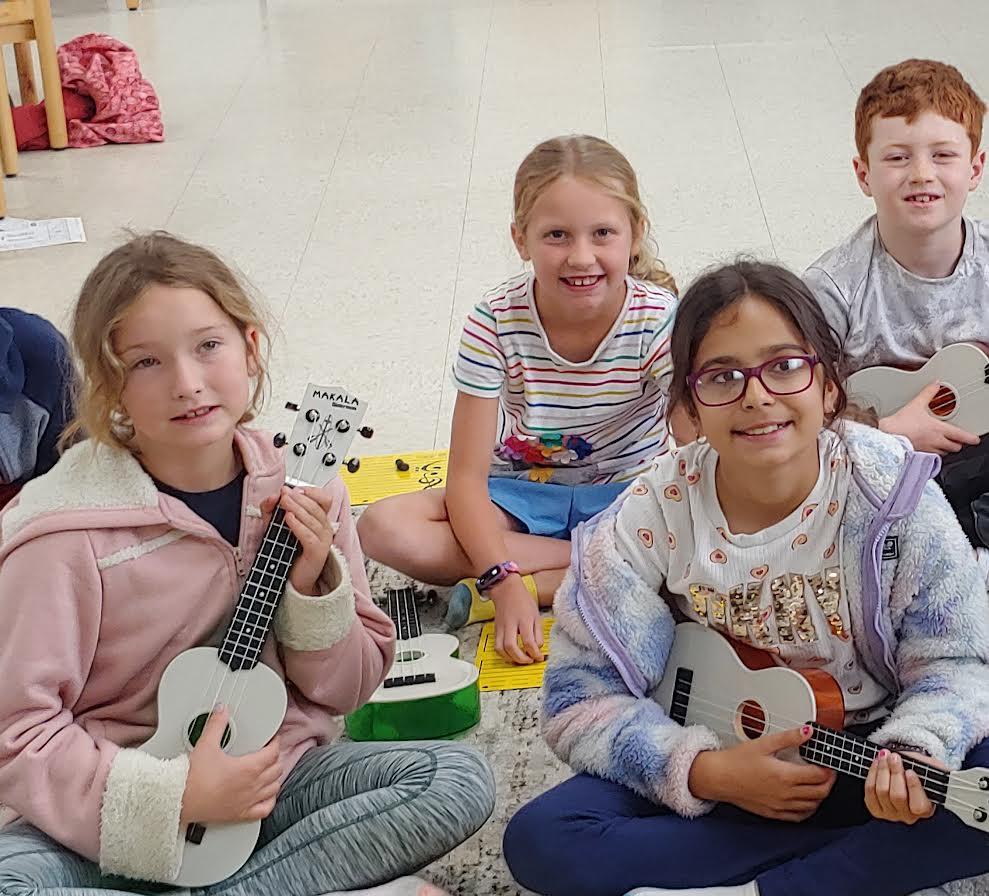

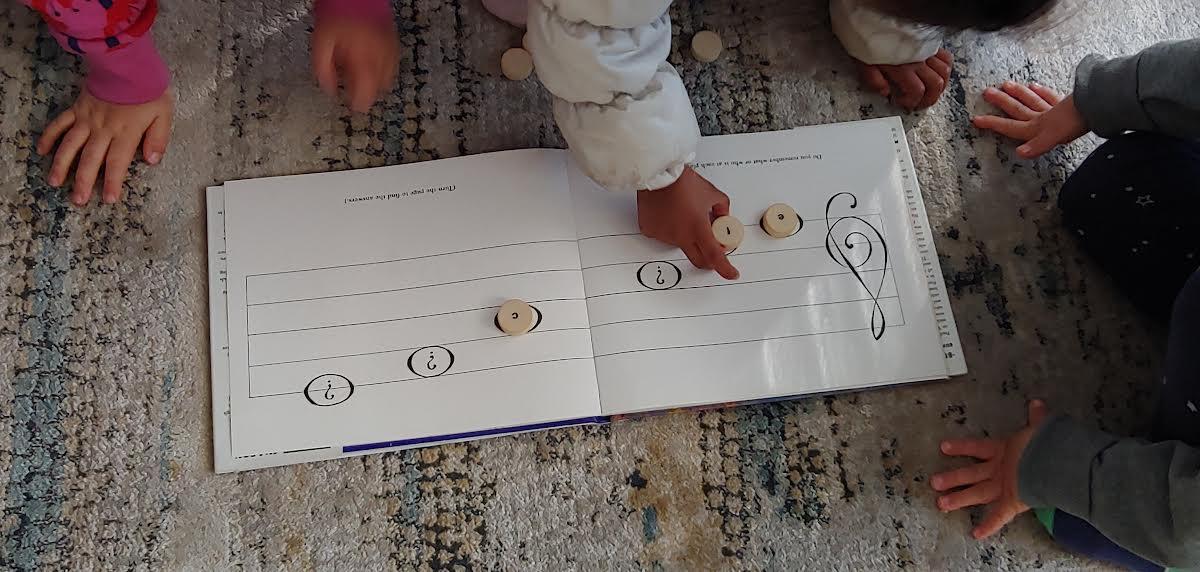
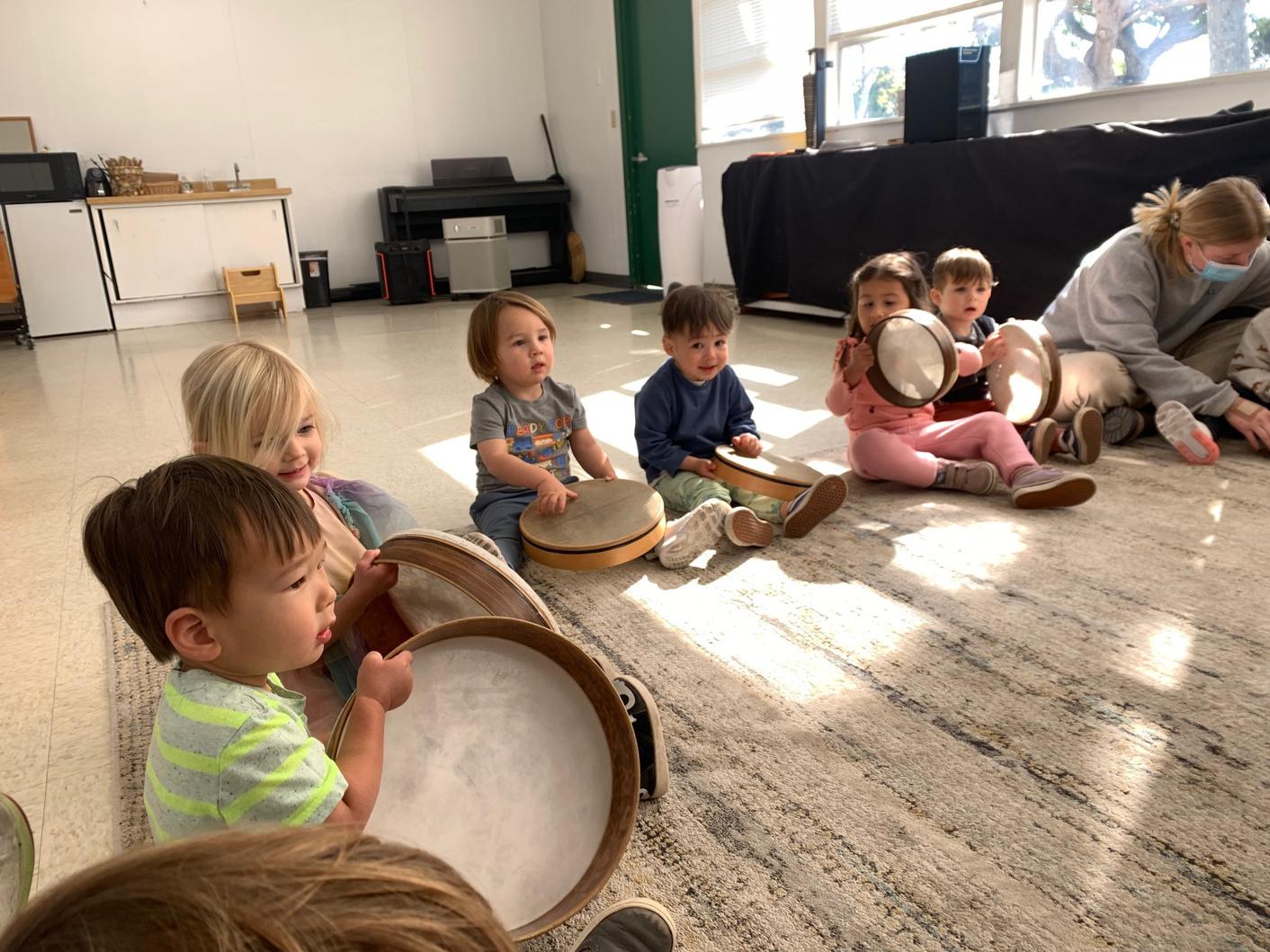
This term the Pre-Primary students have really settled into our routine in Spanish class. The youngest children have enjoyed singing songs in Spanish and learning new Spanish words including many themes Some of our main themes have included winter and spring seasons, Valentine’s Day, ocean animals, shapes and sizes, and numbers and colors We are always practicing our greetings in Spanish as we begin and end our lessons and the students are now able to sit, listen and participate in brief lessons on the rug for a more extended amount of time (15 minutes) The enthusiasm from the students to help and participate in our lessons is joyous and fun!
This term in Primary Spanish classes we have been learning about winter and spring weather, animals, counting numbers 1-20, singing a variety of songs, learning new garden and insect vocabulary and listening to short stories in Spanish We focused on seasonal weather words with all the winter storms and now we are enjoying our springtime words that are naturally arising in our beautiful garden campus. In the spring term, we are also learning about body parts, emotions, and ocean animals and enjoying some holiday fun around the seasonal celebrations The students have become significantly more independent and are beginning to use Spanish with each other during their independent work times

In Lower Elementary, we started Spanish class with “La Familia” as we returned from the winter break This theme allowed students to expand on their Spanish vocabulary and “La comida” (food), as a natural connection to family and winter celebrations, which are naturally connected to “La Familia " At this level, the students have a routine of reciting the calendar date, weather and counting by tens. The shapes, colors, sizes and seasons are reviewed and “La Casa” (the house) is studied, creating diagrams room by room We also studied “parts of the body” (partes del cuerpo) vocabulary, which is learned through kinesthetic activities and diagram work At this level of Spanish at MCS, the children are expanding on reading and writing as well as creating sentences for conversation in Spanish
The Upper Elementary students have been working on more complex phrasing and short conversation skills this term We have covered themes including weather, seasons, family, parts of the body, rooms in a house, verbs, and prepositions We have recently focused on “la comida” (food) and creating unique menus to share in Spanish. At this level, the students engage in more international-cultural studies and literature and we have spent class time learning about migrants and refugees through beautiful published stories and shared Latino artwork as well As some of the Upper Elementary students move on to middle school, they will have a nice foundation to continue with Spanish

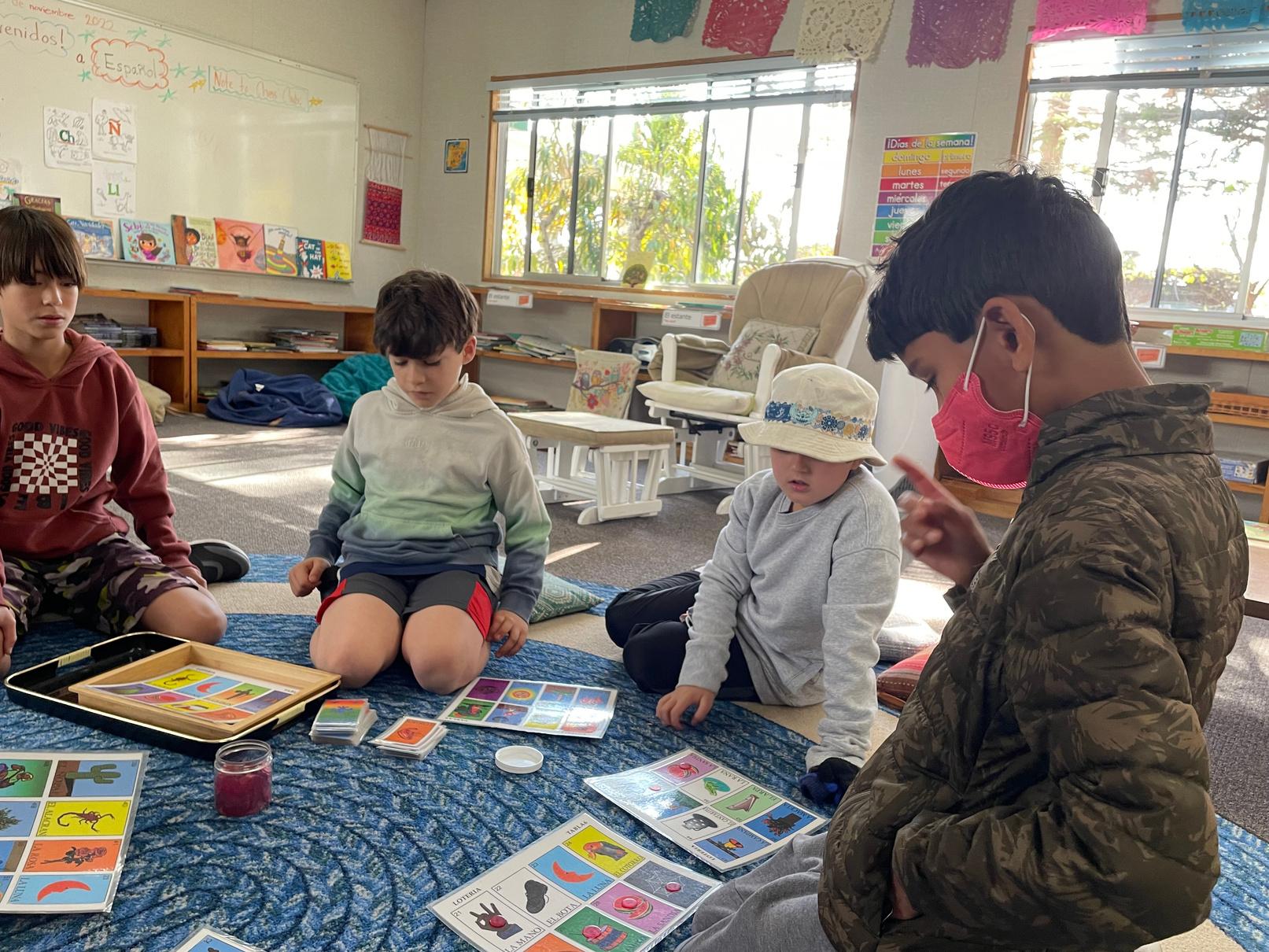
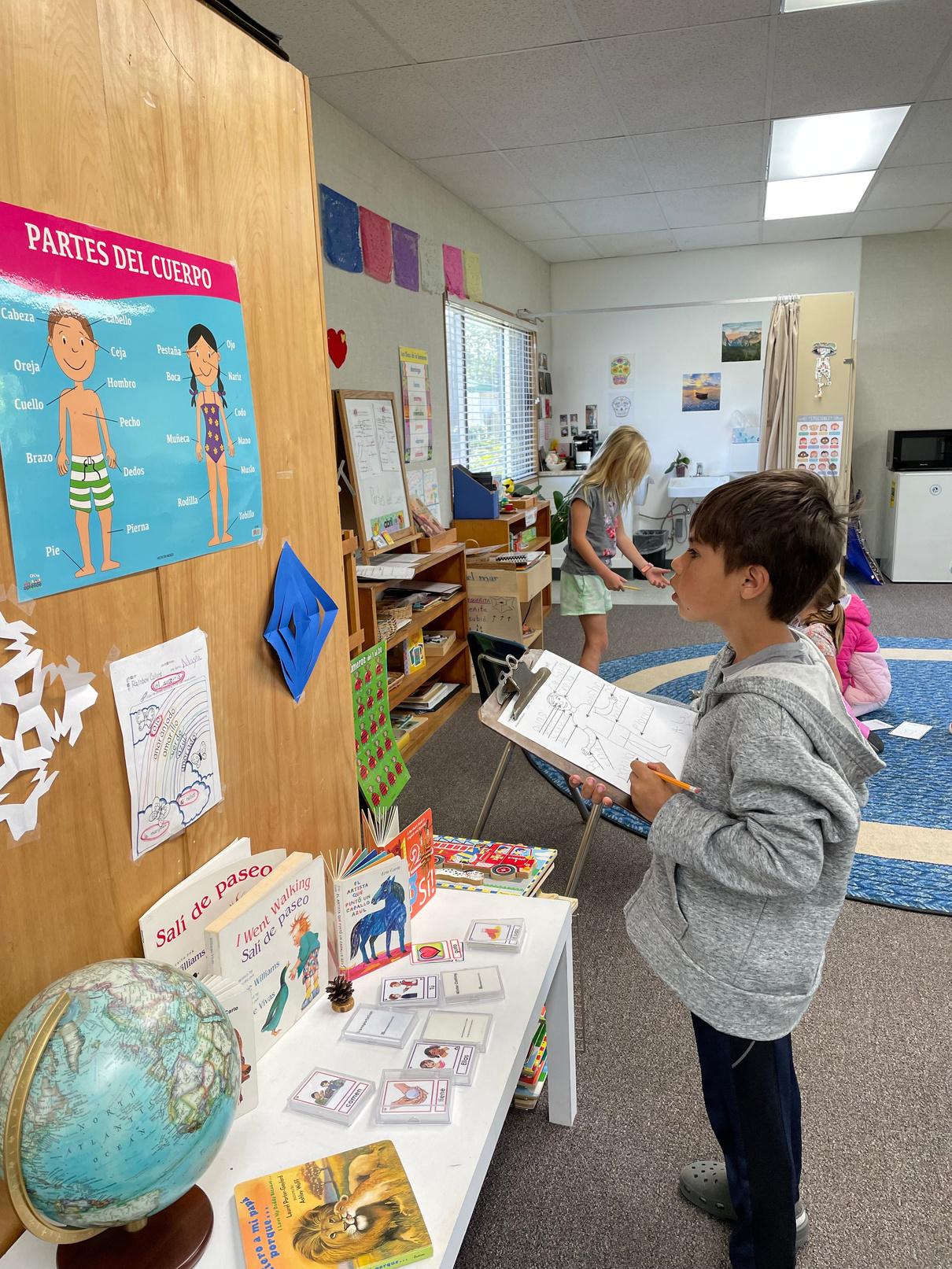
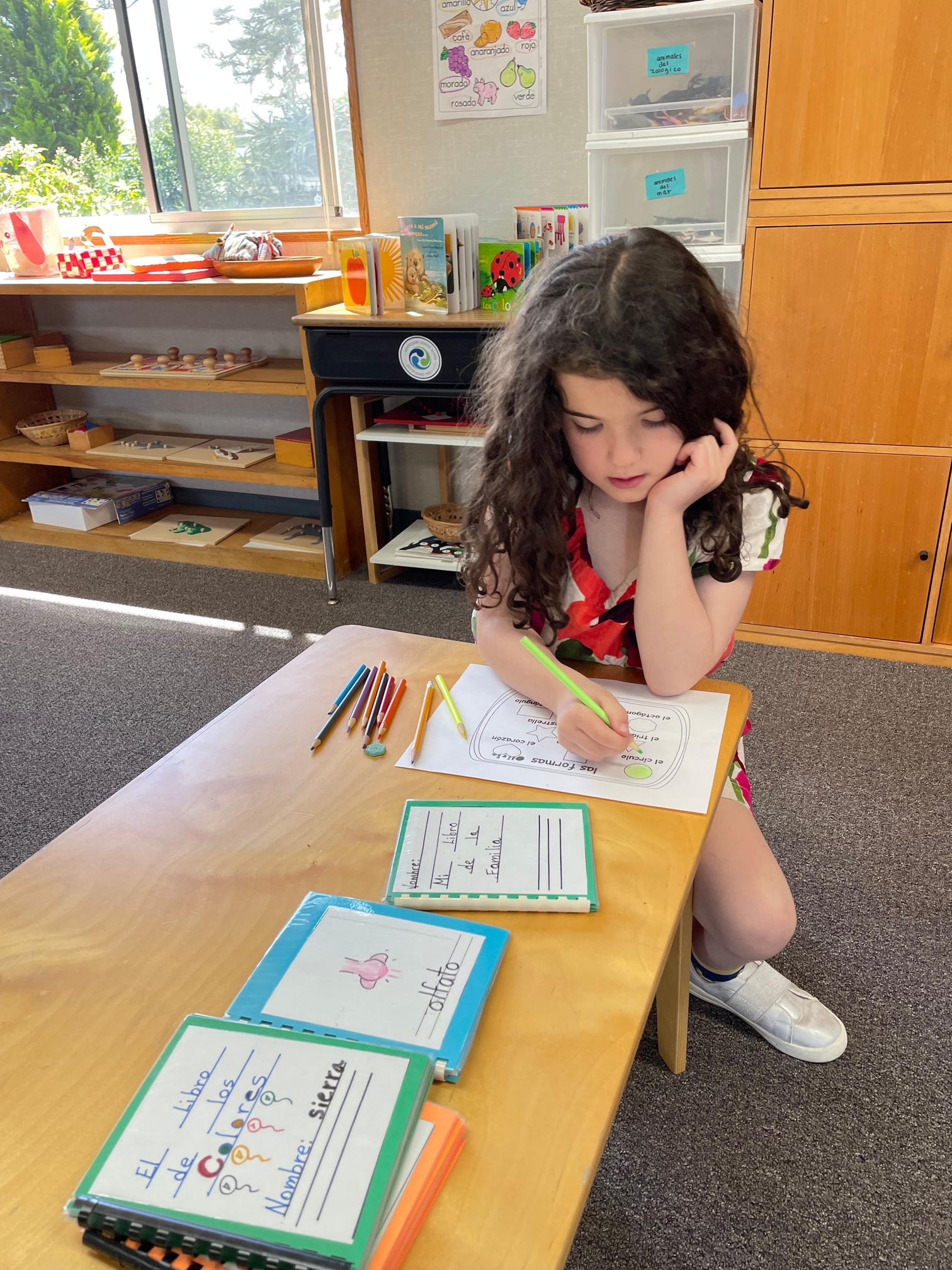
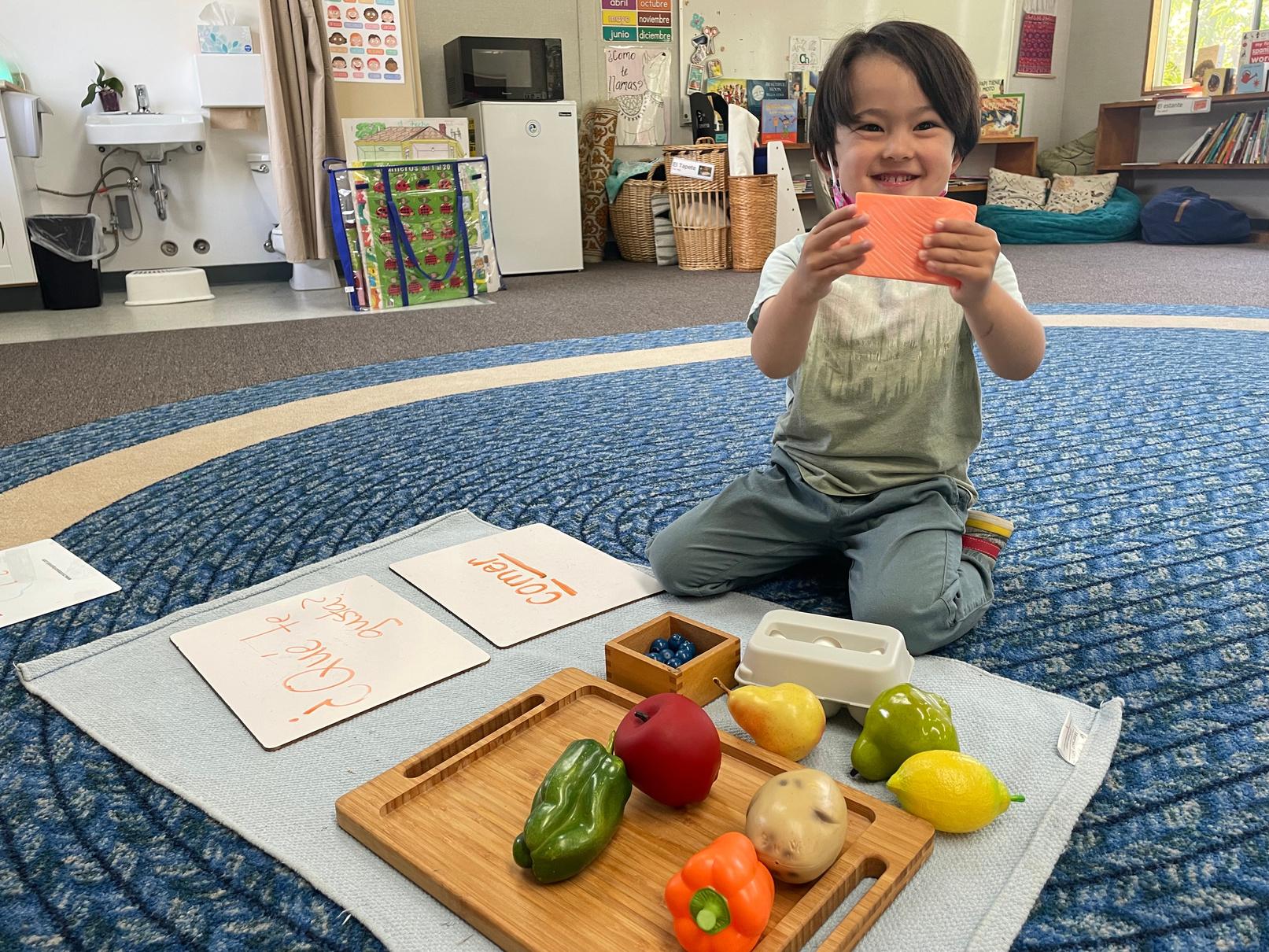

Pre-Primary students used much of the same equipment as primary students with some modifications. They used the footballs and practiced tossing them up and watching the funny ways the ball bounced around due to its oblong shape They kicked them along the ground as well, trying to kick for distance The Pre-Primary classes practiced walking with their hands behind their back to and from the elementary blacktop so they could use the riding toys Students learned to take turns with the vehicles they liked to ride With the topple tube equipment, the class learned to build small formations and towers and practiced rebuilding their towers when they fell over Gold Door and White Door students spent time during each PE class running on the grass to prepare for the Jog-a-Thon at the end of April
Primary classes used footballs, topple tubes, riding toys, comets, frisbees, balance beam sets, jumbo speed stacks, and other equipment from January to June. With footballs, they practiced throwing the ball with the laces, punting it, flipping the ball end over end, and snapping it between their legs like the center in the NFL Primary cohorts spent their March and April PE days preparing for the Jog-a-Thon They practiced running in an oval pattern around cones The groups also played Red Light-Green Light for several PE classes

Elementary classes covered street hockey, volleyball, flag football and baseball along with some other PE games during the second half of the school year The students spent three weeks playing each sport, learning specific skills to improve their game-playing ability. In hockey, each cohort played two weeks of games to build their understanding of rules and strategies such as defensive responsibilities and how to get open for shots on the goal Pillow polo was played two weeks in a row and was a compliment to the hockey unit since many of the same principles apply to both games
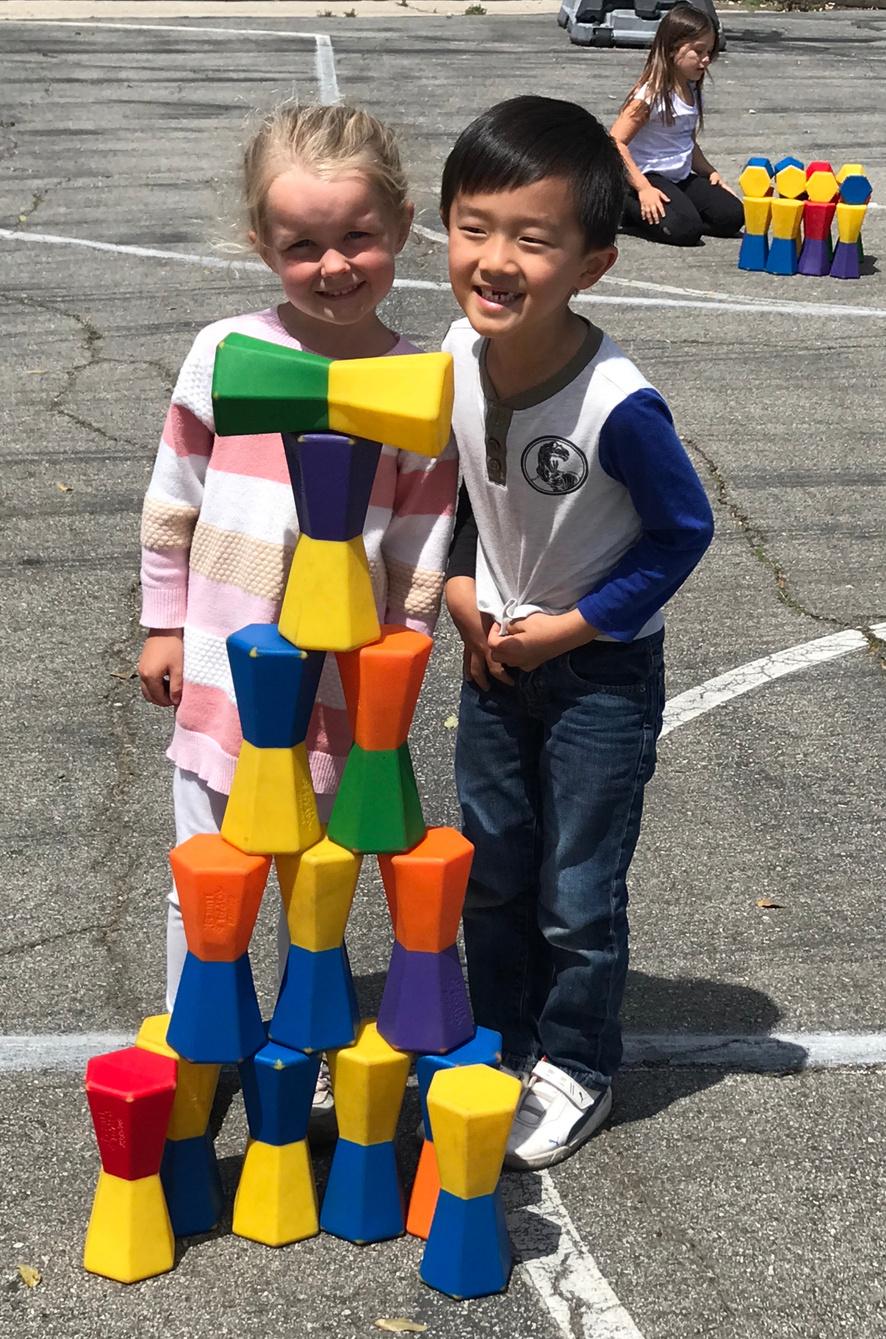
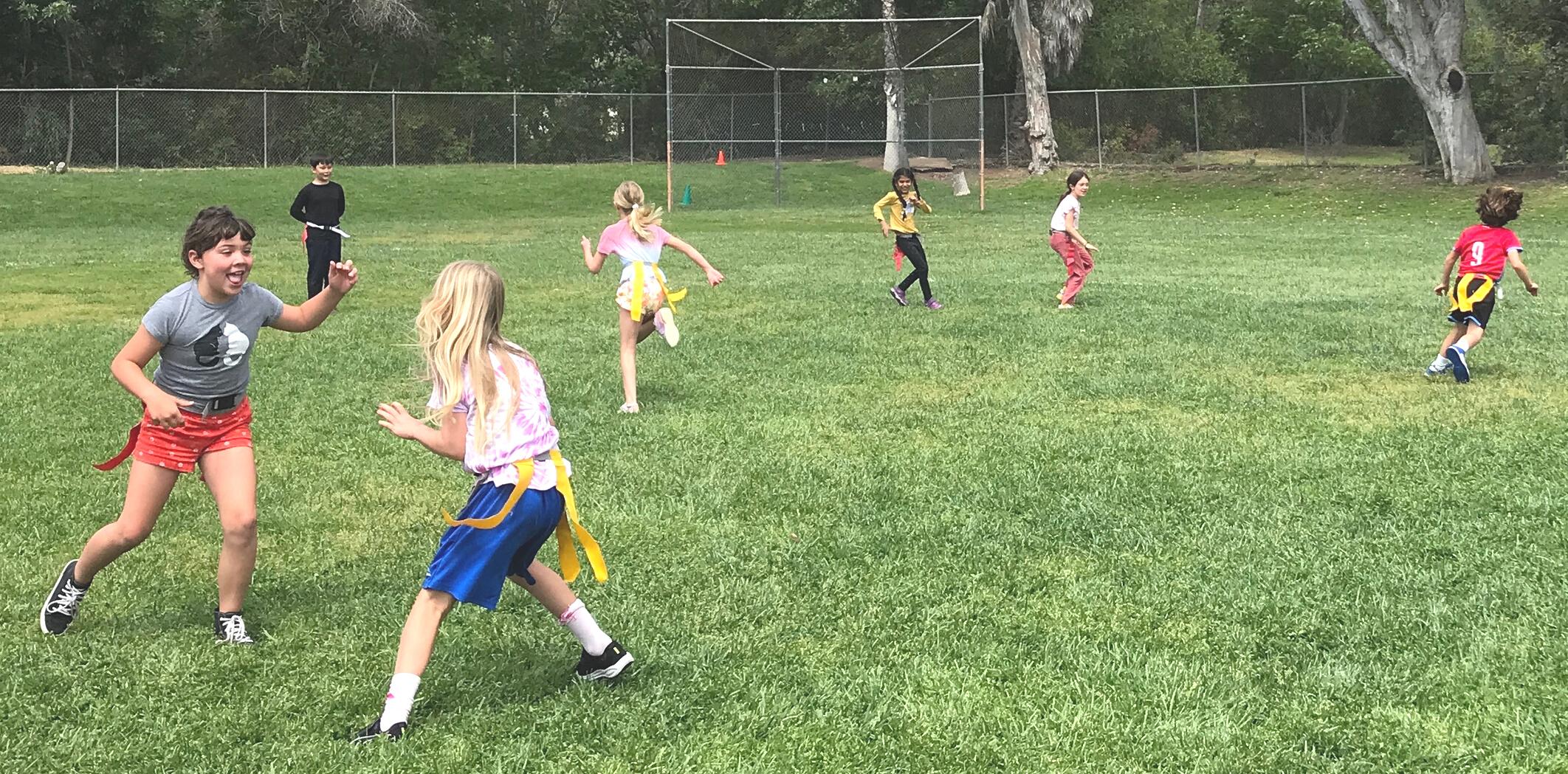
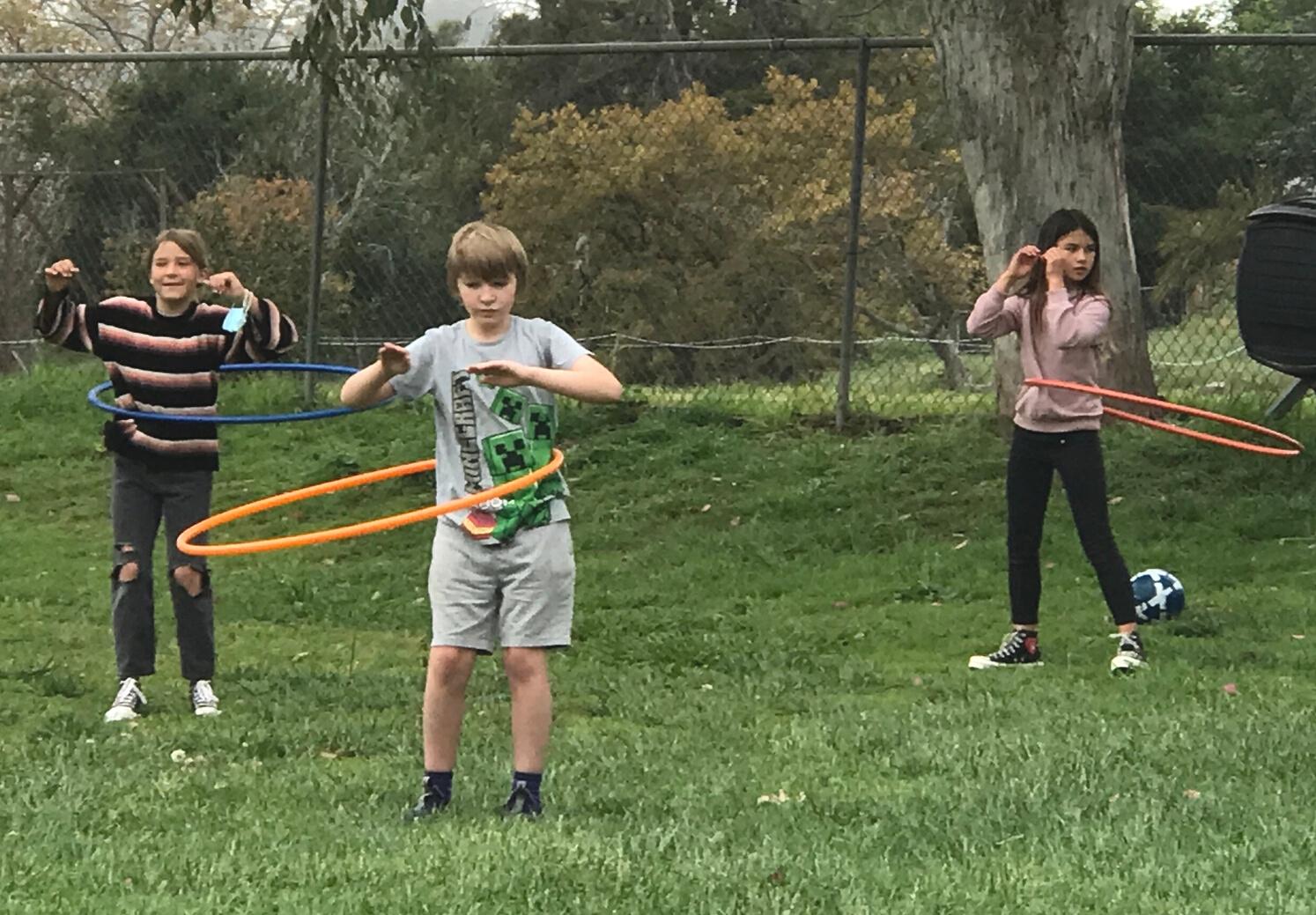

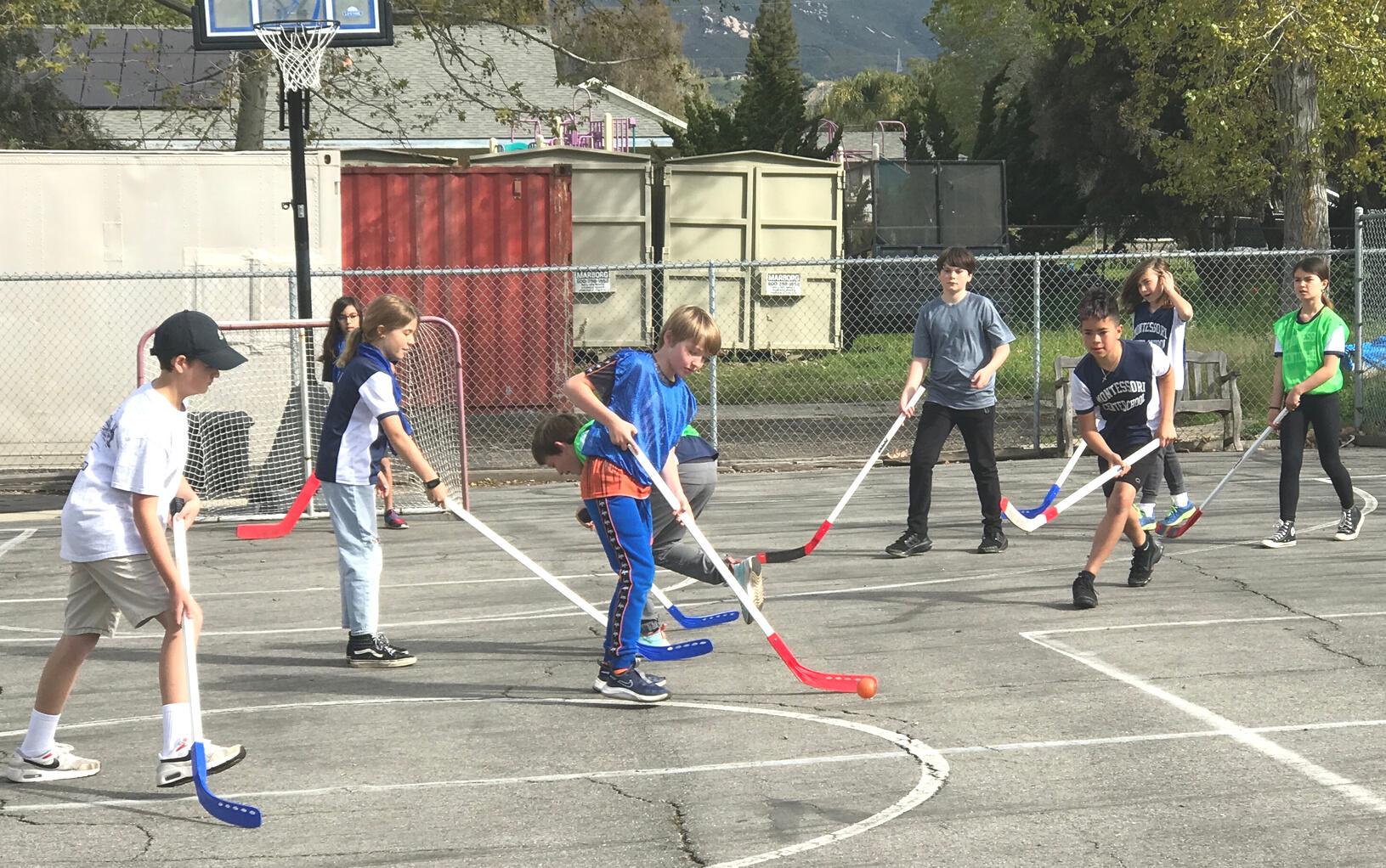

Pre-Primary students have continued exploring the wonderful world of reading! As a group, students are developing their pre-literacy and library skills through storytimes, singing, and rhymes. These past few months we have explored both fiction and non-fiction books about winter weather, zoo animals, flowers, and much more During the second half of the year, each Pre-Primary classroom attended storytime in the library instead of their own environment This allowed students ample time to adjust and learn the routine before going into the library Being in the library also gives students the opportunity to begin using and developing their library skills
By the second half of the school year, Primary students have mastered many of the basic library skills that were introduced at the beginning of the year such as using their shelf marker, checking a book out, and holding a book properly. These skills were intermixed with fun and engaging lessons throughout the year A highlight for many of the students is participating in the California Young Reader Medal (CYRM) program This program encourages recreational reading and is one of the few awards that is chosen by kids!

Lower Elementary students continued developing their library skills throughout the year and also gained some new independence by learning how to properly use the computer catalog to search for a book and how to locate it within the library. Students also enjoyed taking on the role of a Caldecott committee member as we read and discussed possible Caldecott book nominees This was a great opportunity for students to begin expressing and critically thinking about why they enjoyed a particular book Students also took on the responsibility of checking their classmates’ books in and out of the library Students really took to this new job in the library and showed great leadership skills.
Throughout the second half of the school year, Upper Elementary students had numerous projects that incorporated library skills they have learned and developed, as well as their love of reading The last project students completed this year was the Favorite Book Project, which is when they summarize their favorite book from this school year and share why it was their favorite Many students chose books that were read aloud in their classrooms, literature circles, or even for the California Young Reader Medal The variety of books that are chosen really showcases how many different genres, authors, and books upper elementary students read during the school year. Upper Elementary students also made great progress on their Bingo Boards, completing a variety of projects, book reports, and volunteer hours in the library.

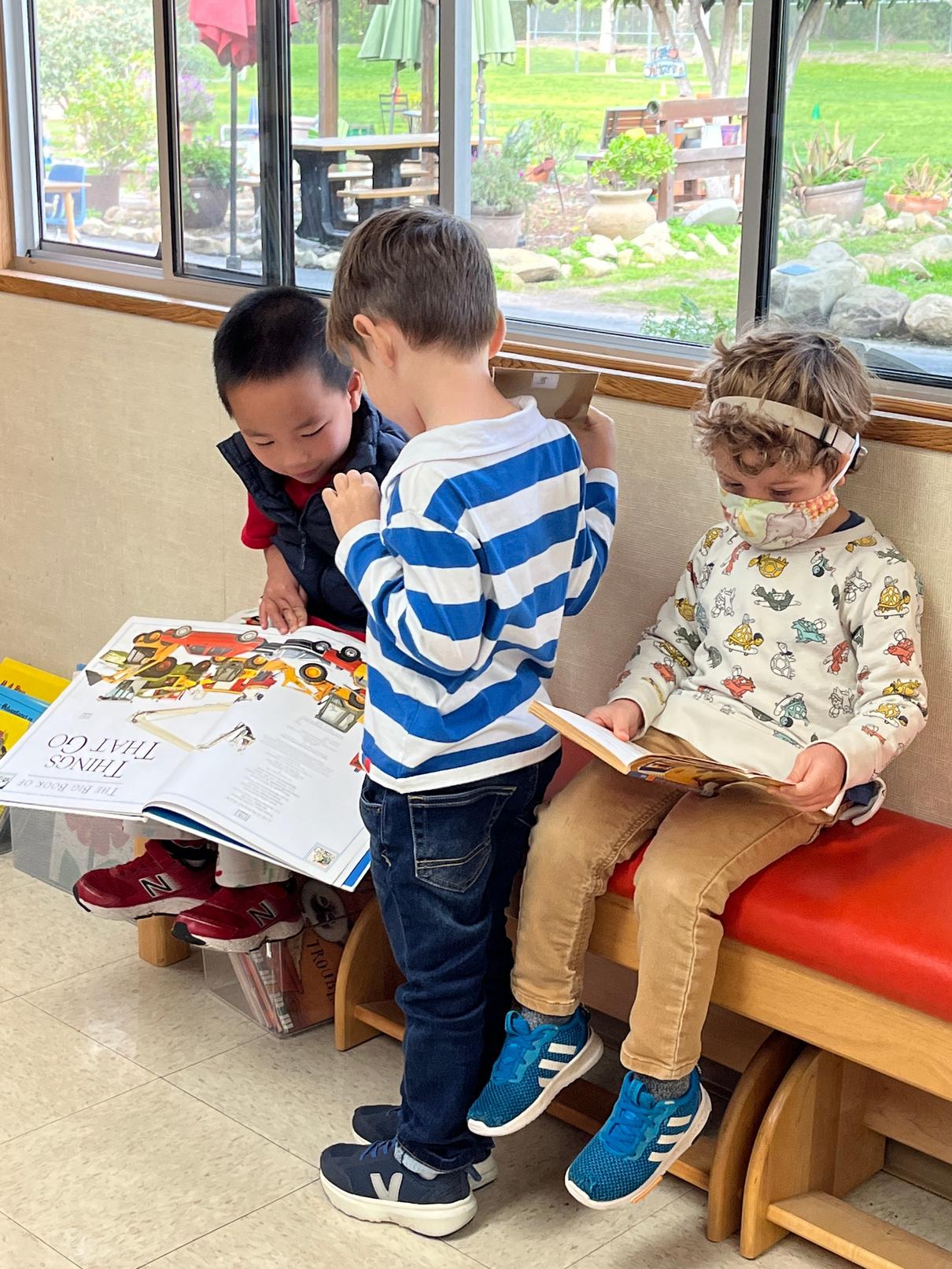
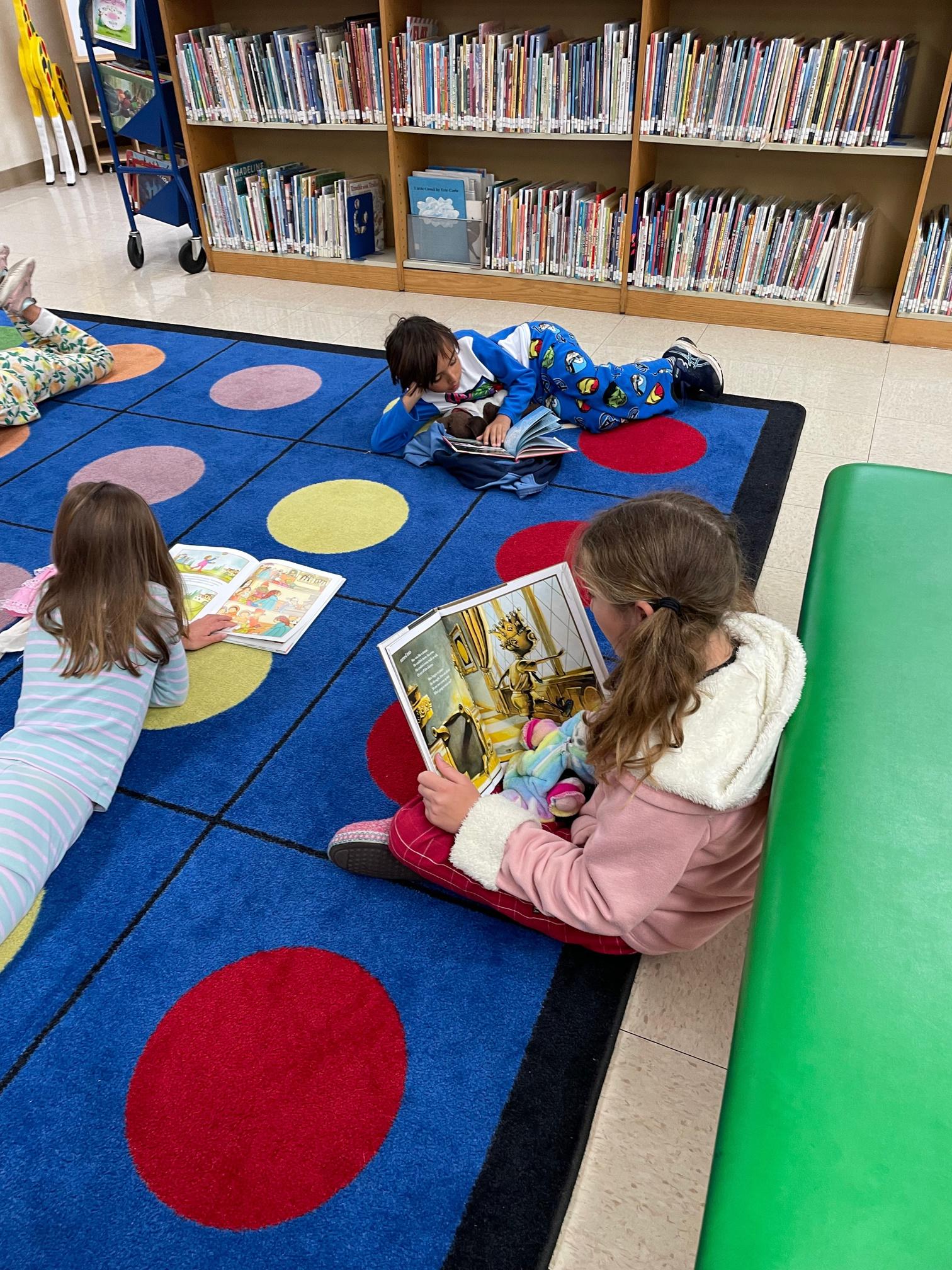
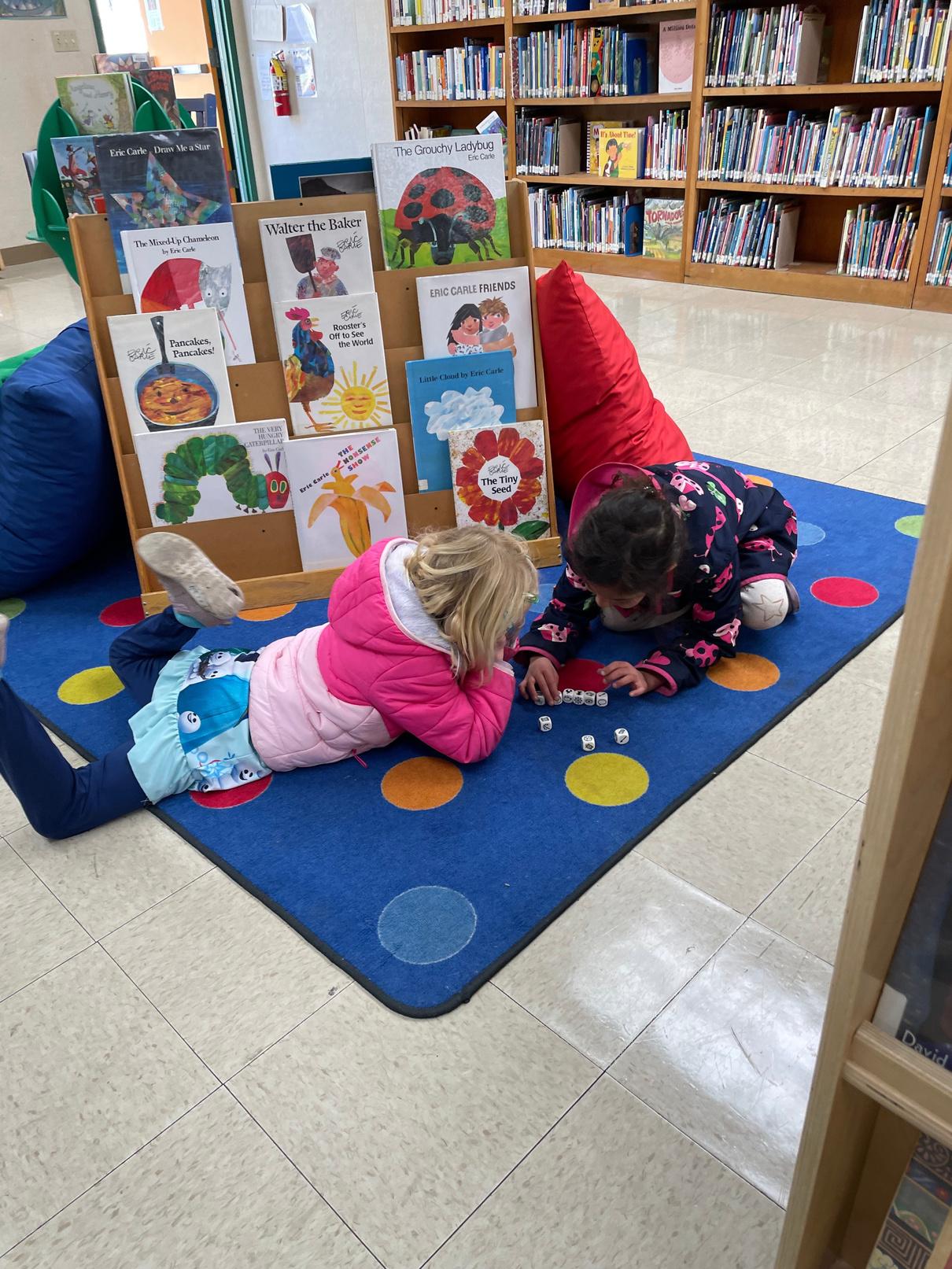
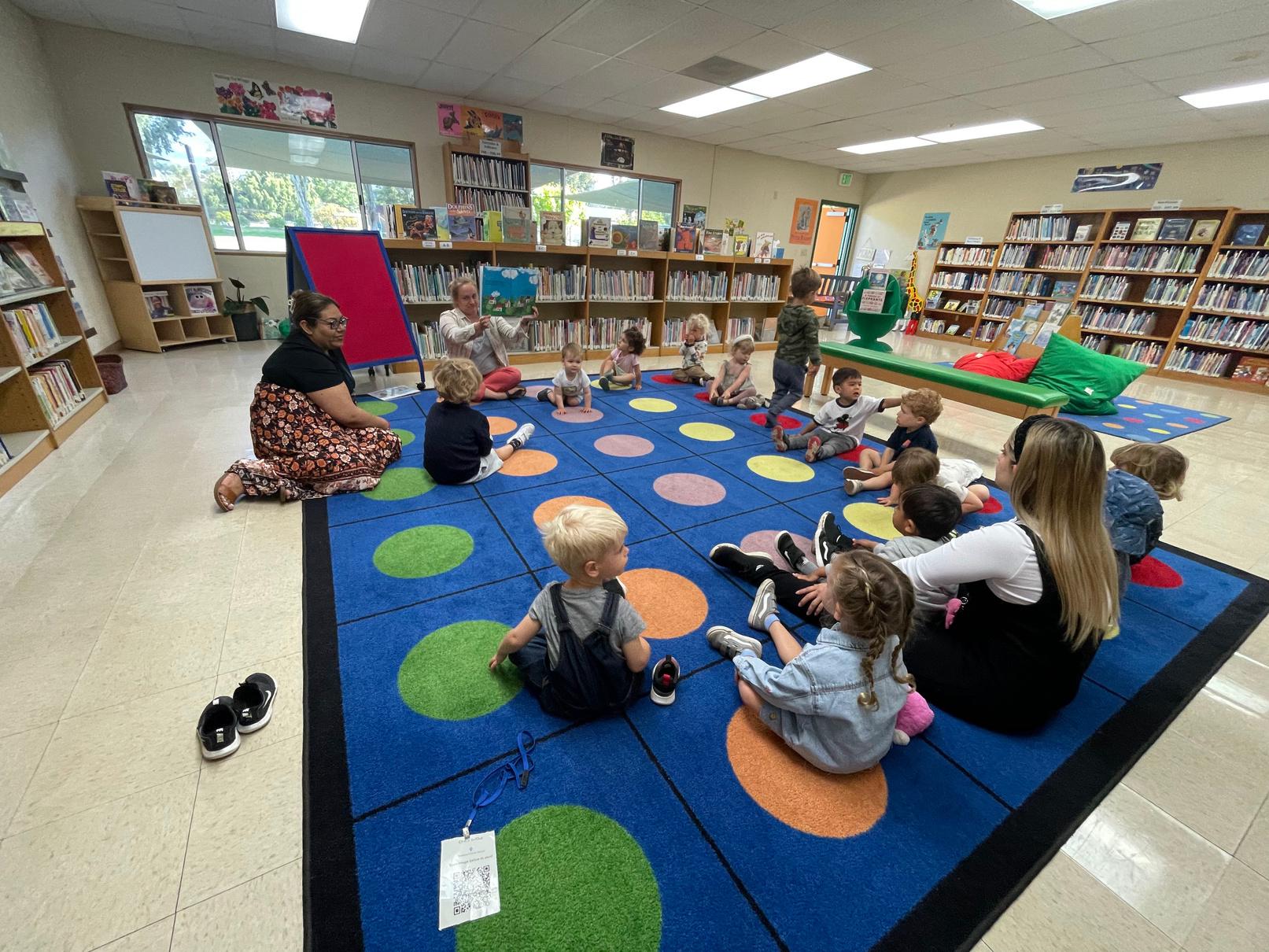
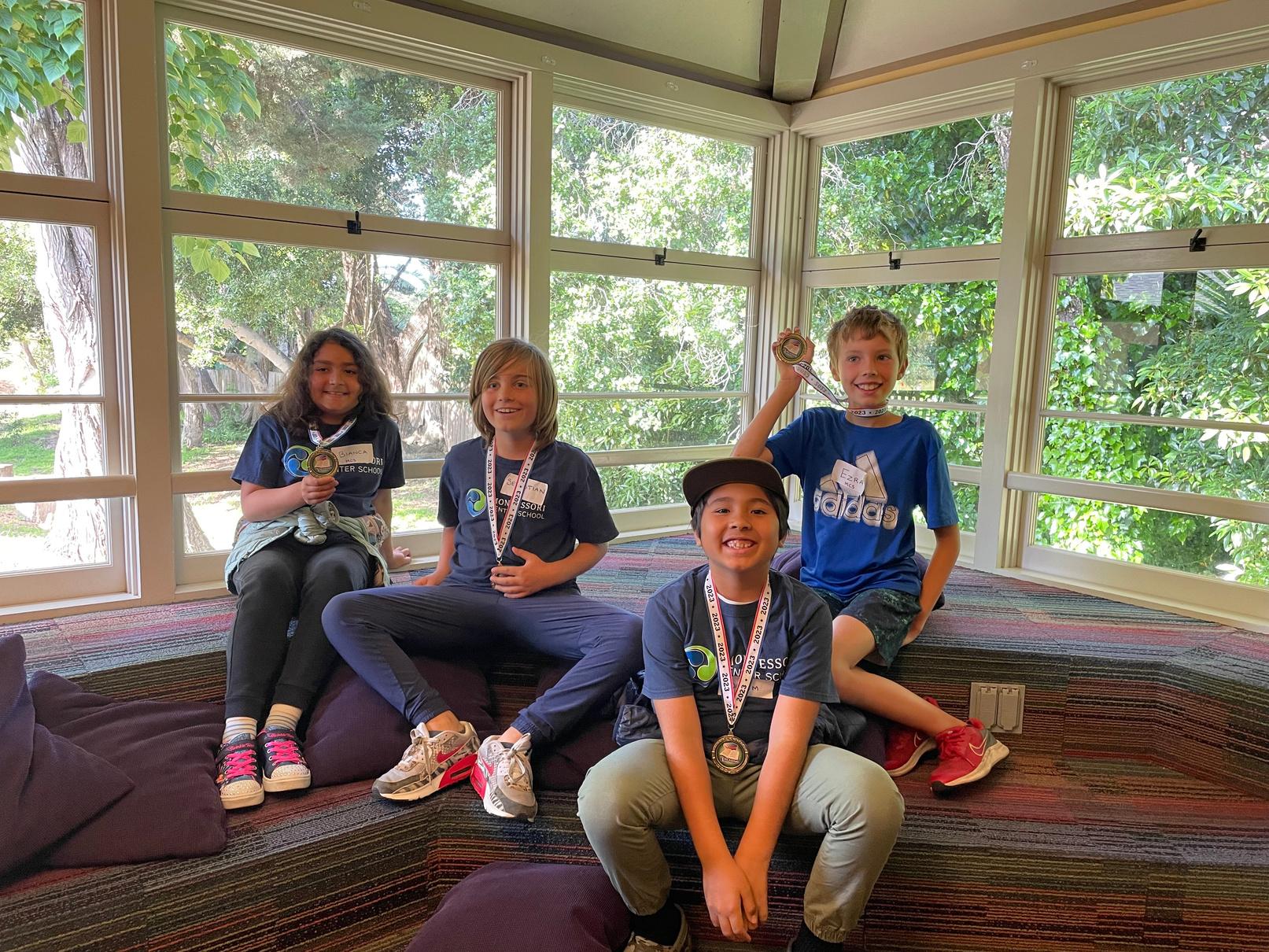
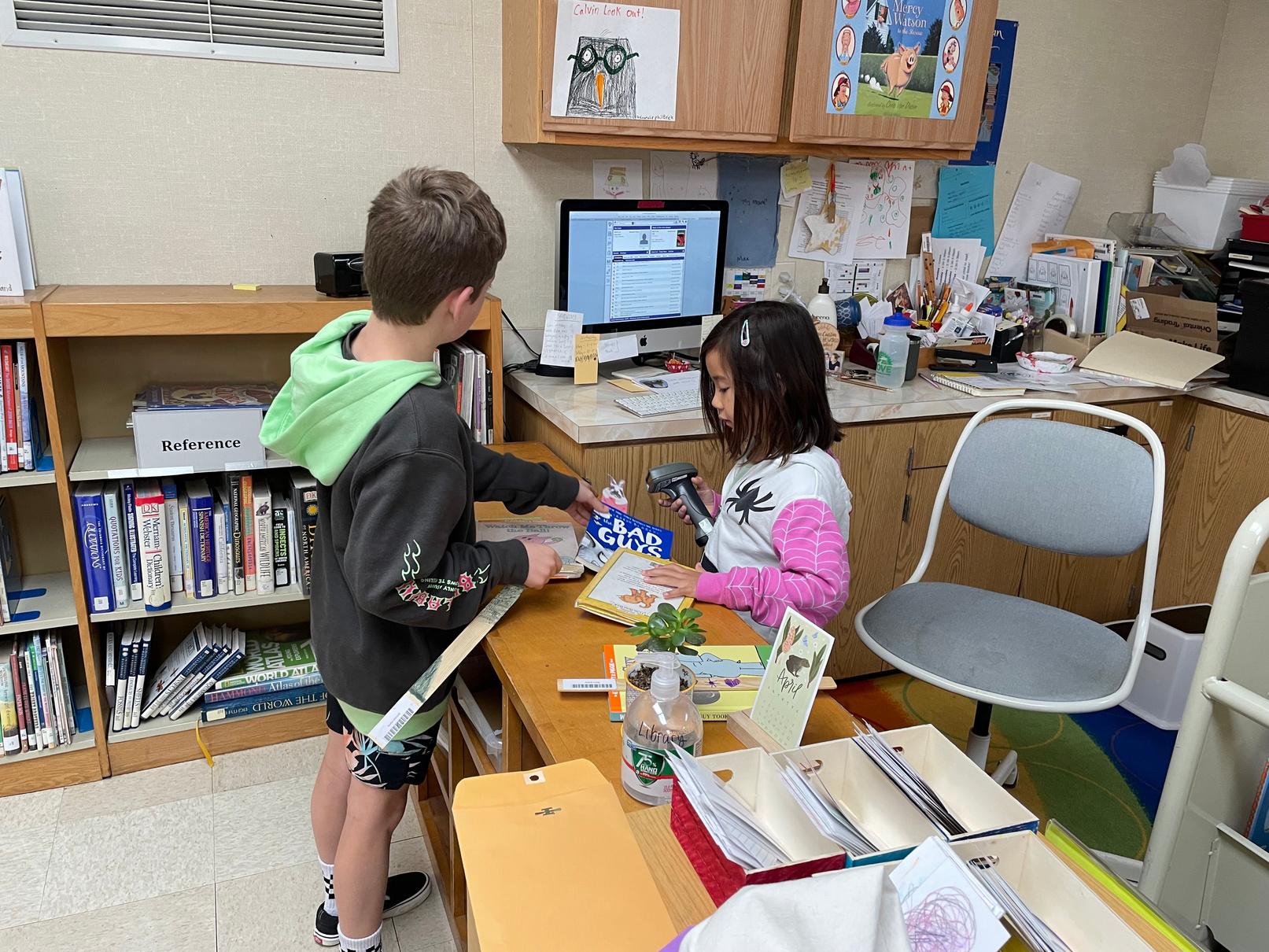

Greetings to all Upper Elementary families and staff! The months have flown by, and although we are very busy working on our performance of “The Lion King Jr , ” I have already begun to experience that end-of-year feeling when the work is over and some of the students move on (6th years) and others move up Things continue to change, and such is the “Circle of Life” that you will have a chance to experience in the Multi-Purpose Building on June 2 at 1:00 pm.
January and February focused on general and advanced drama skills: creativity, character development, context, conflict, courage, critical thinking, curiosity, citizenship, compromise, collaboration, cooperation, and confidence-building, just to name a few In March, we focused on audition techniques for musical theatre (acting, vocal, and dance skills) and held auditions for the show Since then, the students have been working hard to learn songs and choreography, memorize lines, and become real ensembles No production can happen without each person playing an important role, and I have been amazed and impressed by the efforts and commitment of everyone involved–students and staff!
It has been a privilege to work with such creative, innovative, and talented students! Wishing everyone a happy and healthy summer!
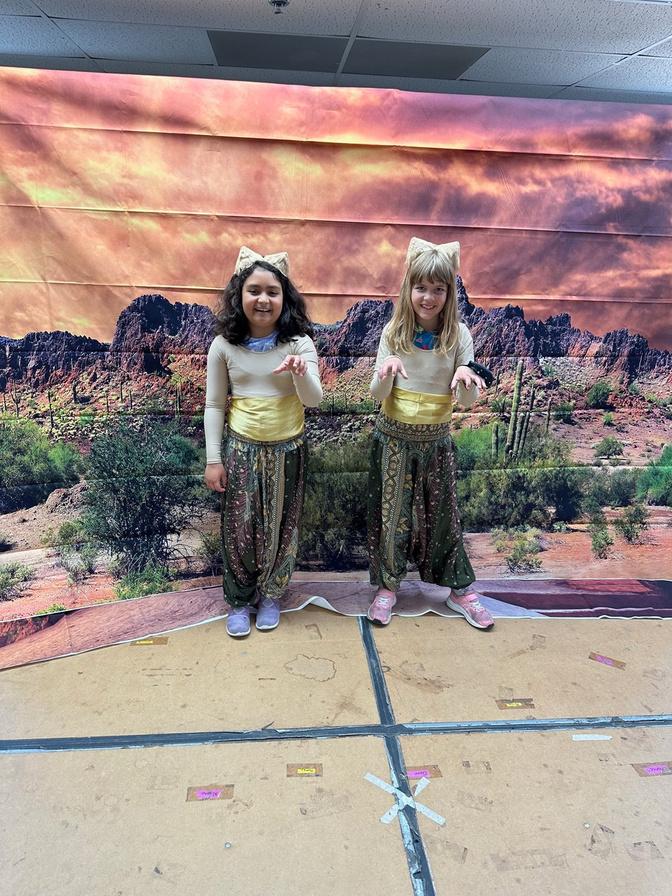
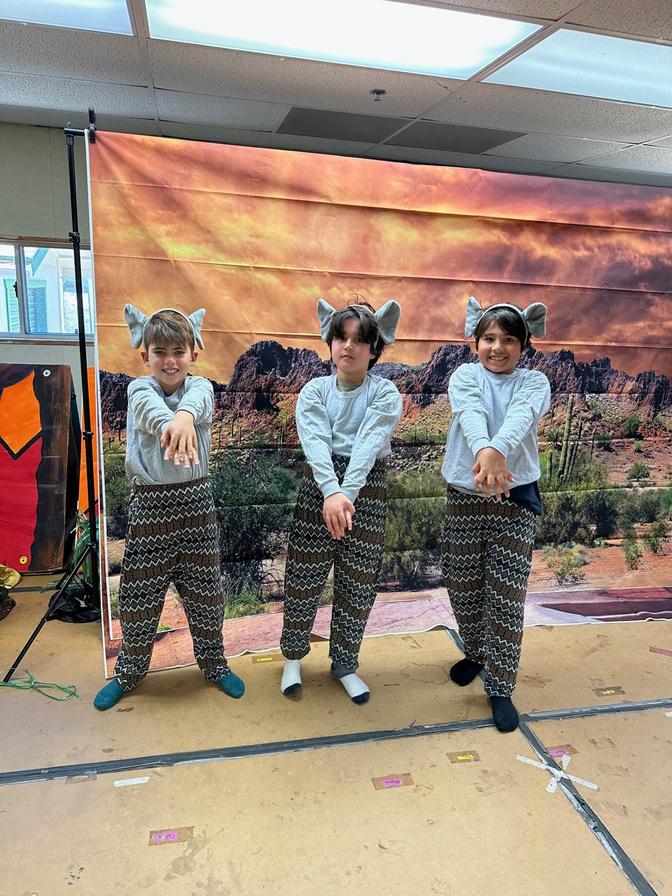
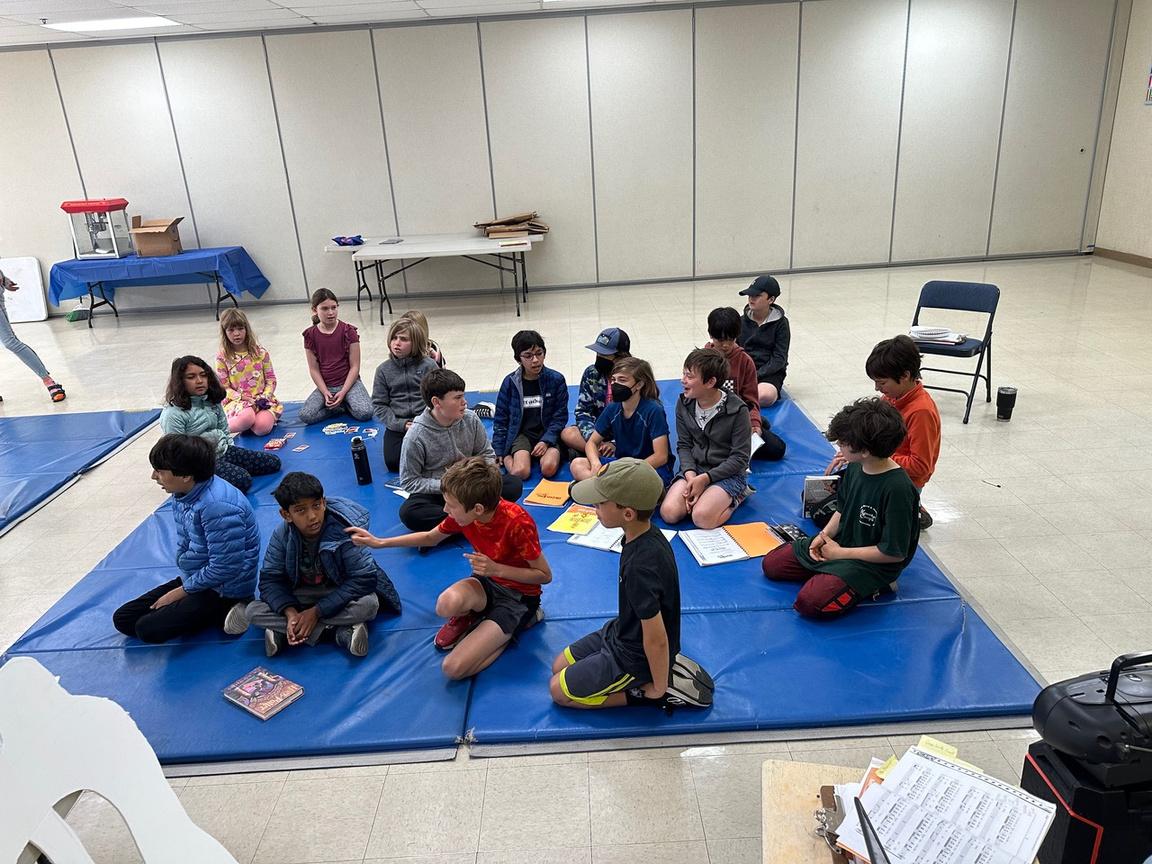
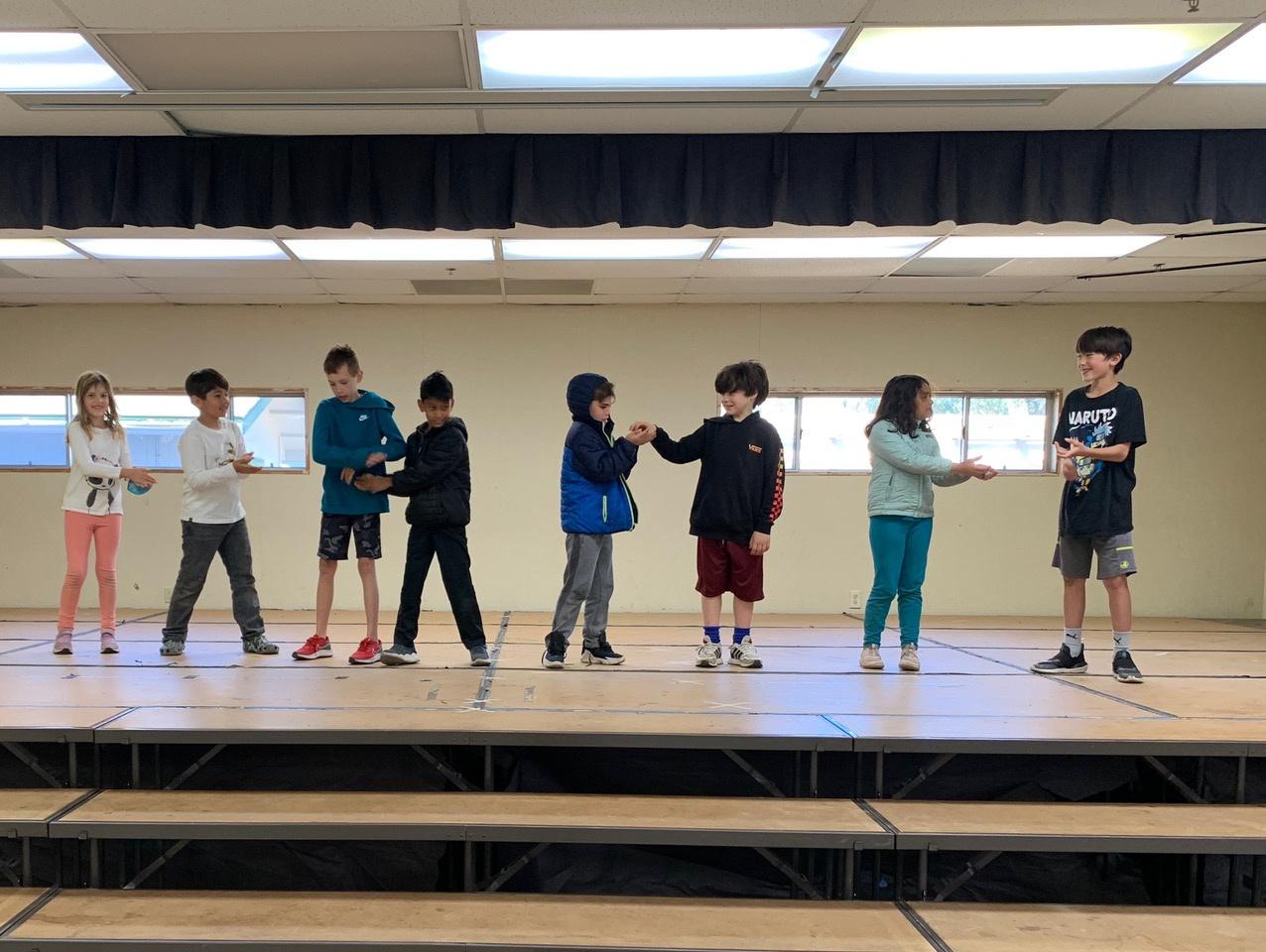
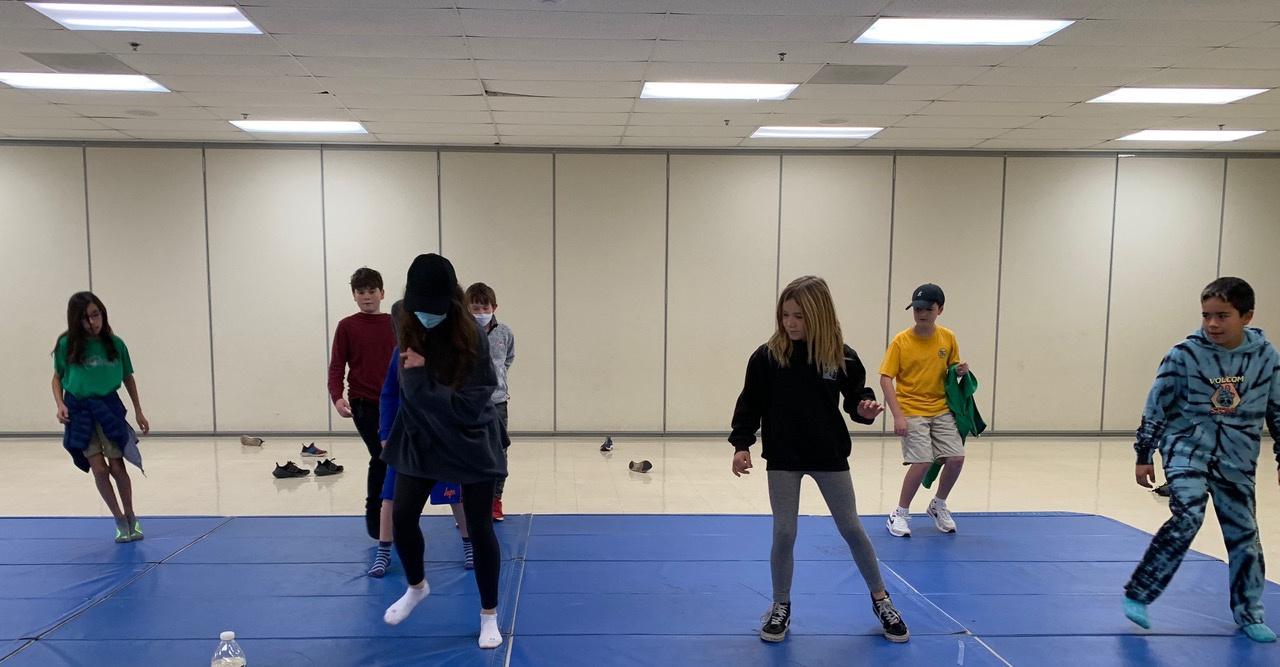

Mineral Door began the spring semester with a creative writing unit. To start the unit, students participated in various typing programs to help get them acquainted with the keyboard and practice developing their typing style After a few weeks of typing practice, students created an outline in Docs prior to writing their short story Students had the opportunity to write about whatever spoke to them individually - story themes ranged from sports to mystery, to fantasy. How lucky we are to have such creative minds!
Post typing and creative writing, students embarked on the journey to learn animation using Wick Editor Students explored creating storyboards, sketching, layering, and creating onion skins. Some students even added interactive components to create a game within their animation to share with their peers!
Finally, we have begun our 3D printing unit Students use a program called Tinkercad which is an online, beginner-friendly 3D modeling software Here students learn how to place, rotate, enlarge or shrink, and group items together to create a 3D print. They are able to watch the 3D printer run during class to see what amazing creations pop out! As they watched prints being created, they discovered supports and bases They also observed that 3D printing takes a lot of patience- even the smallest thing can take at least 15 or 20 minutes to print!
